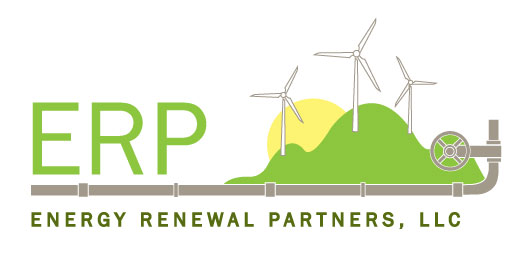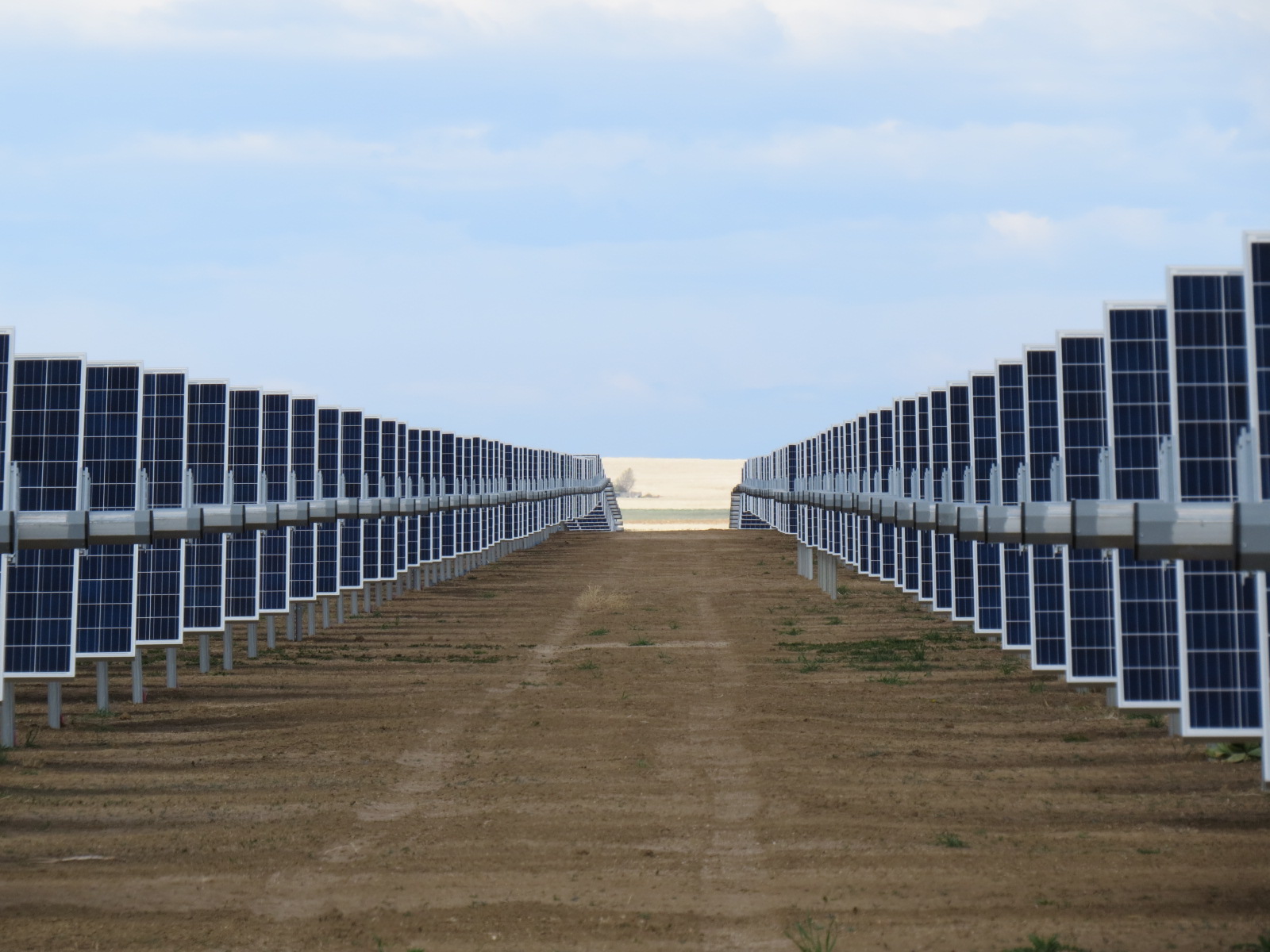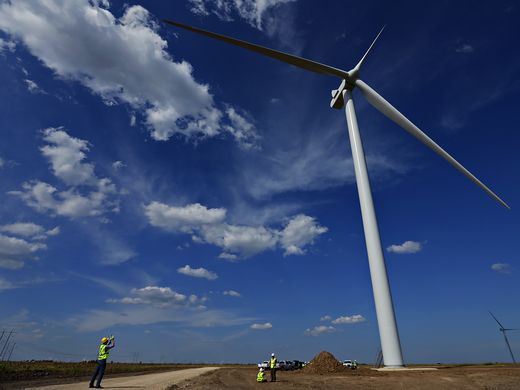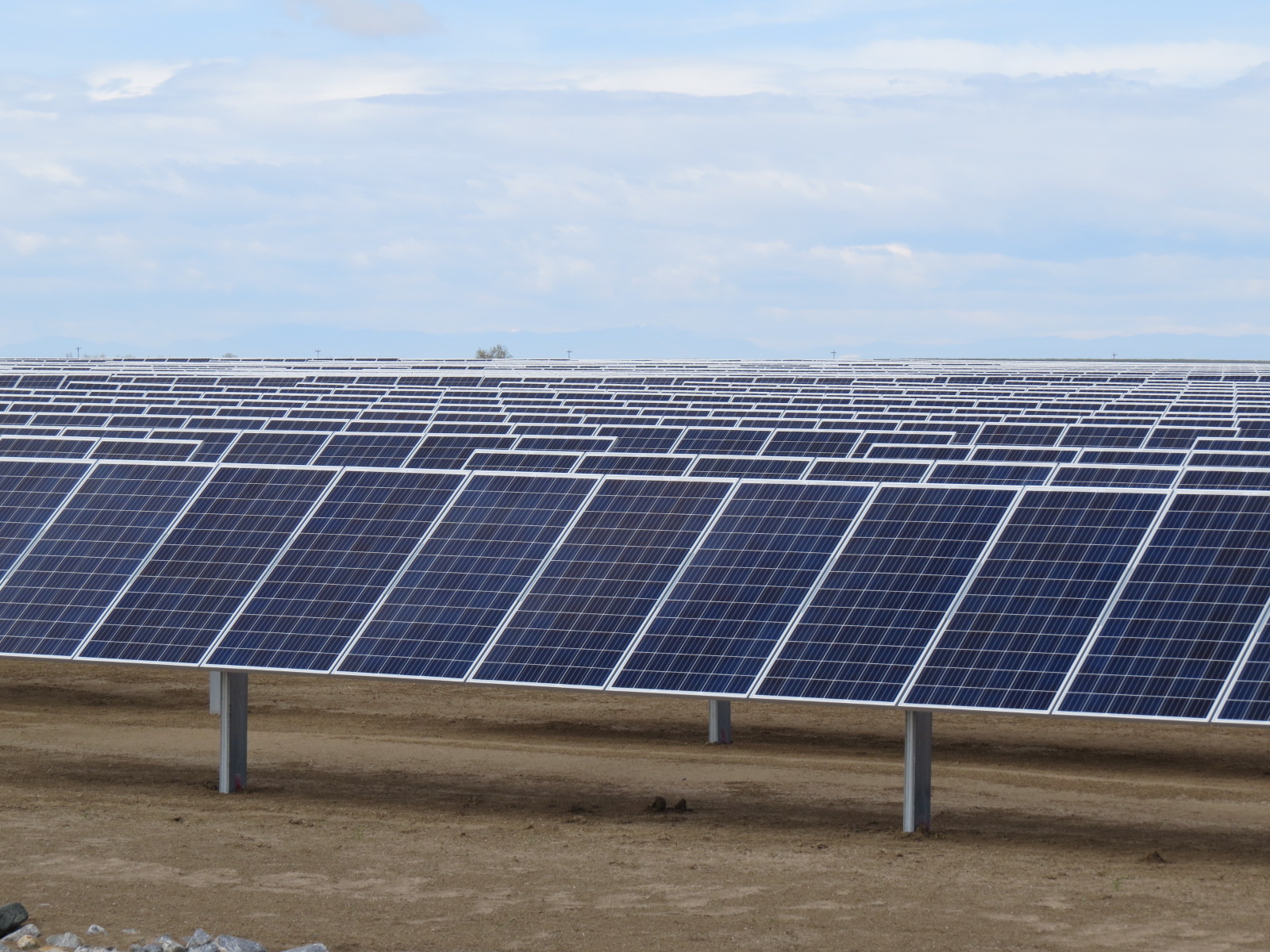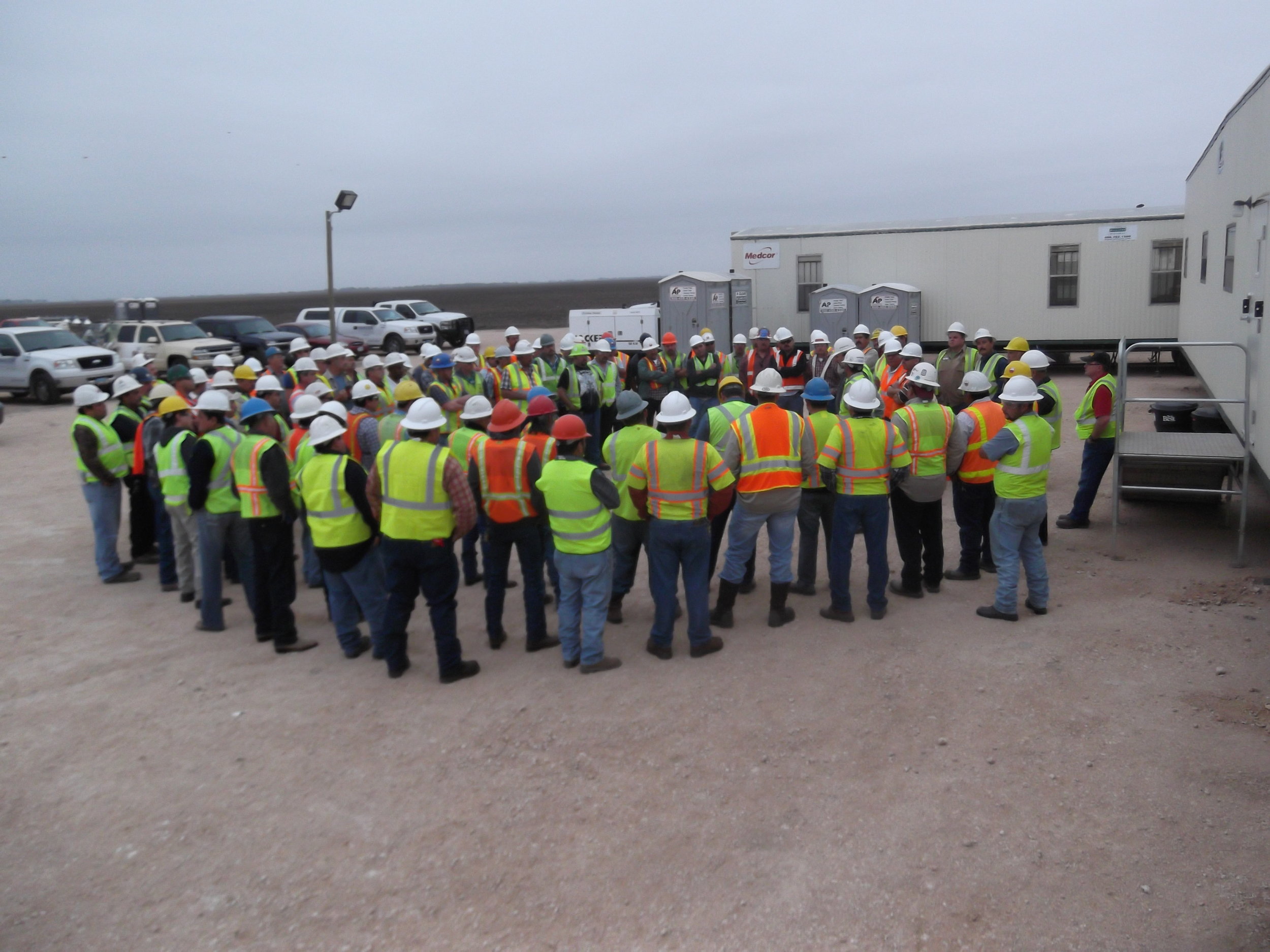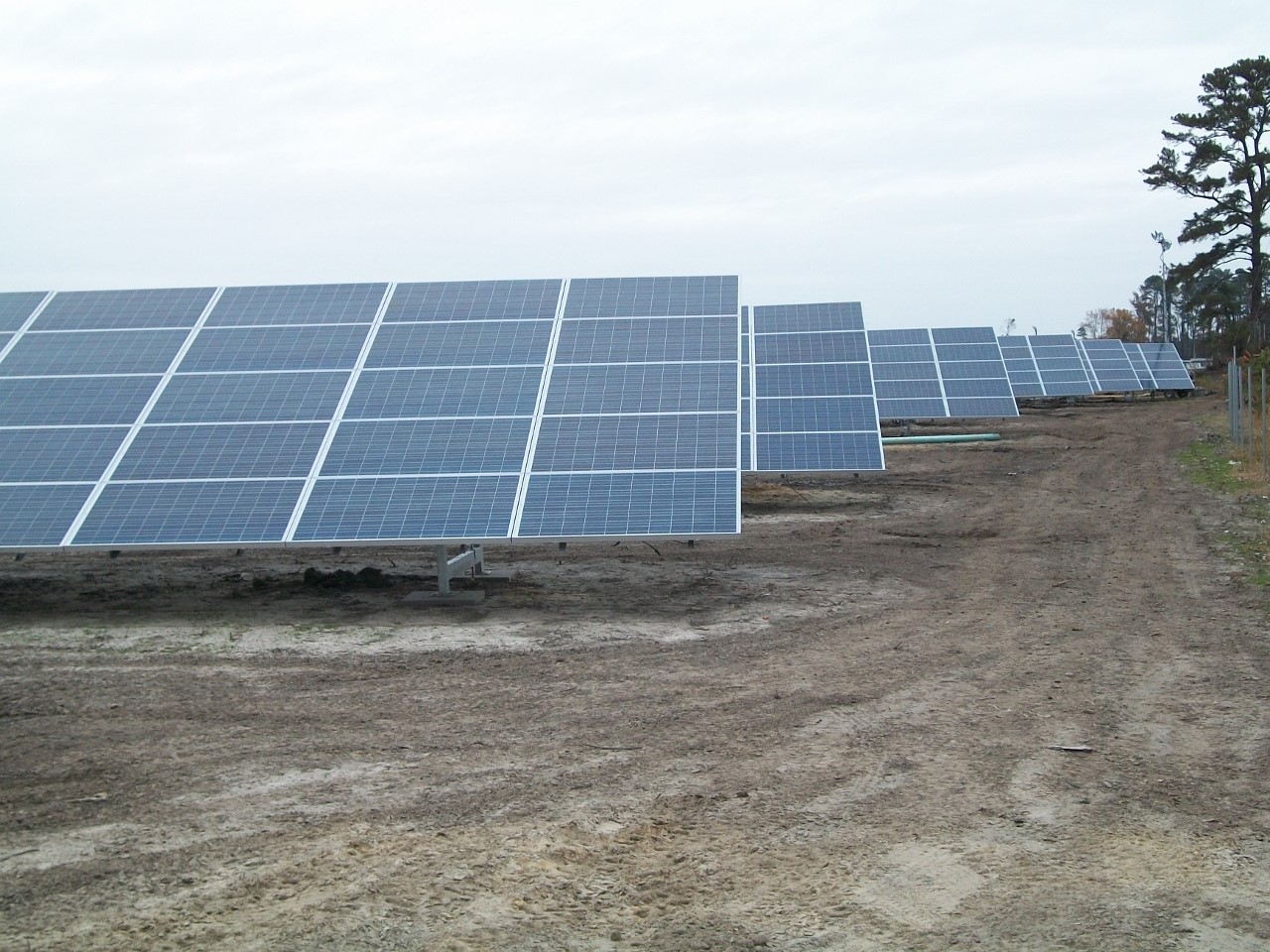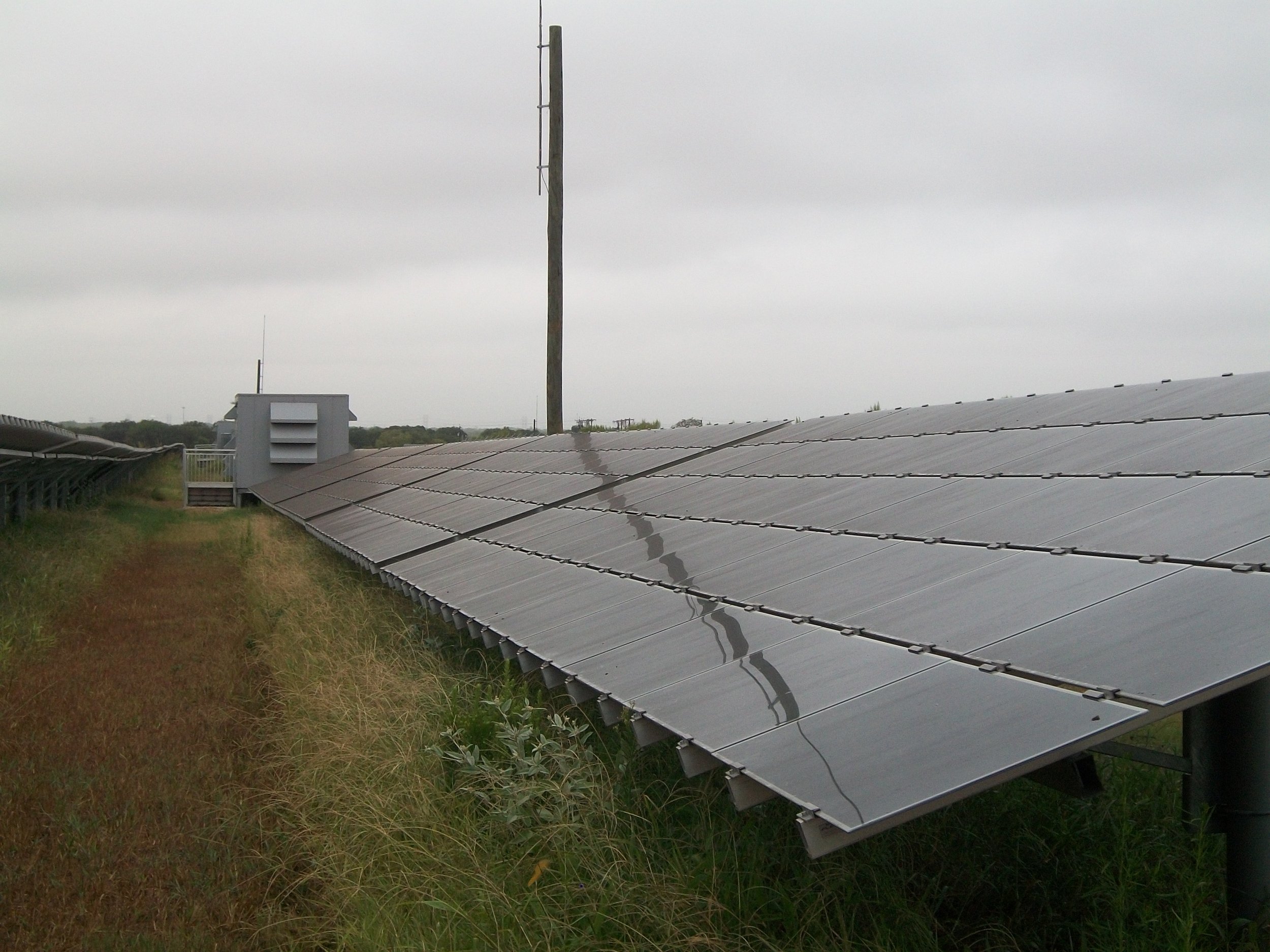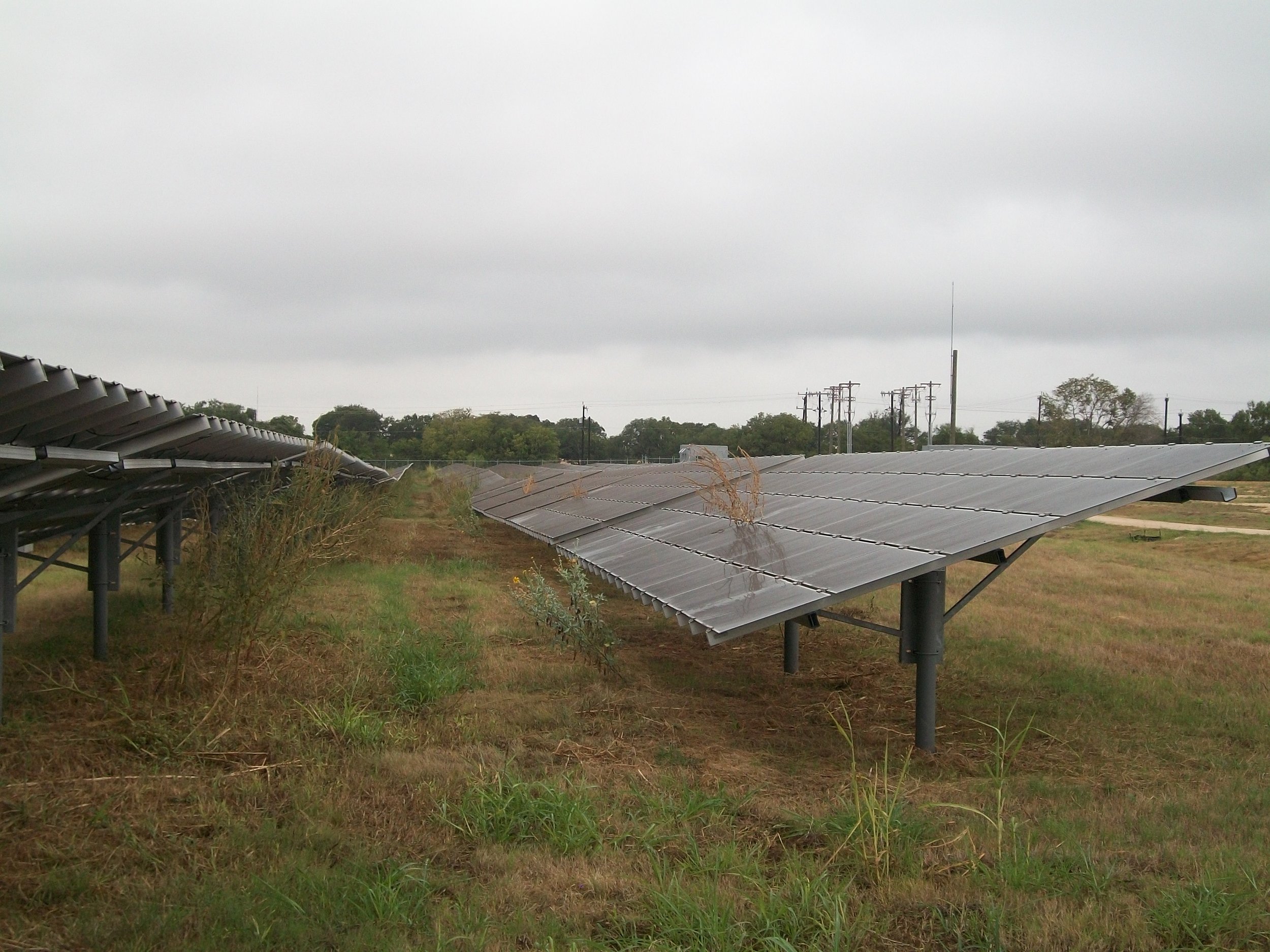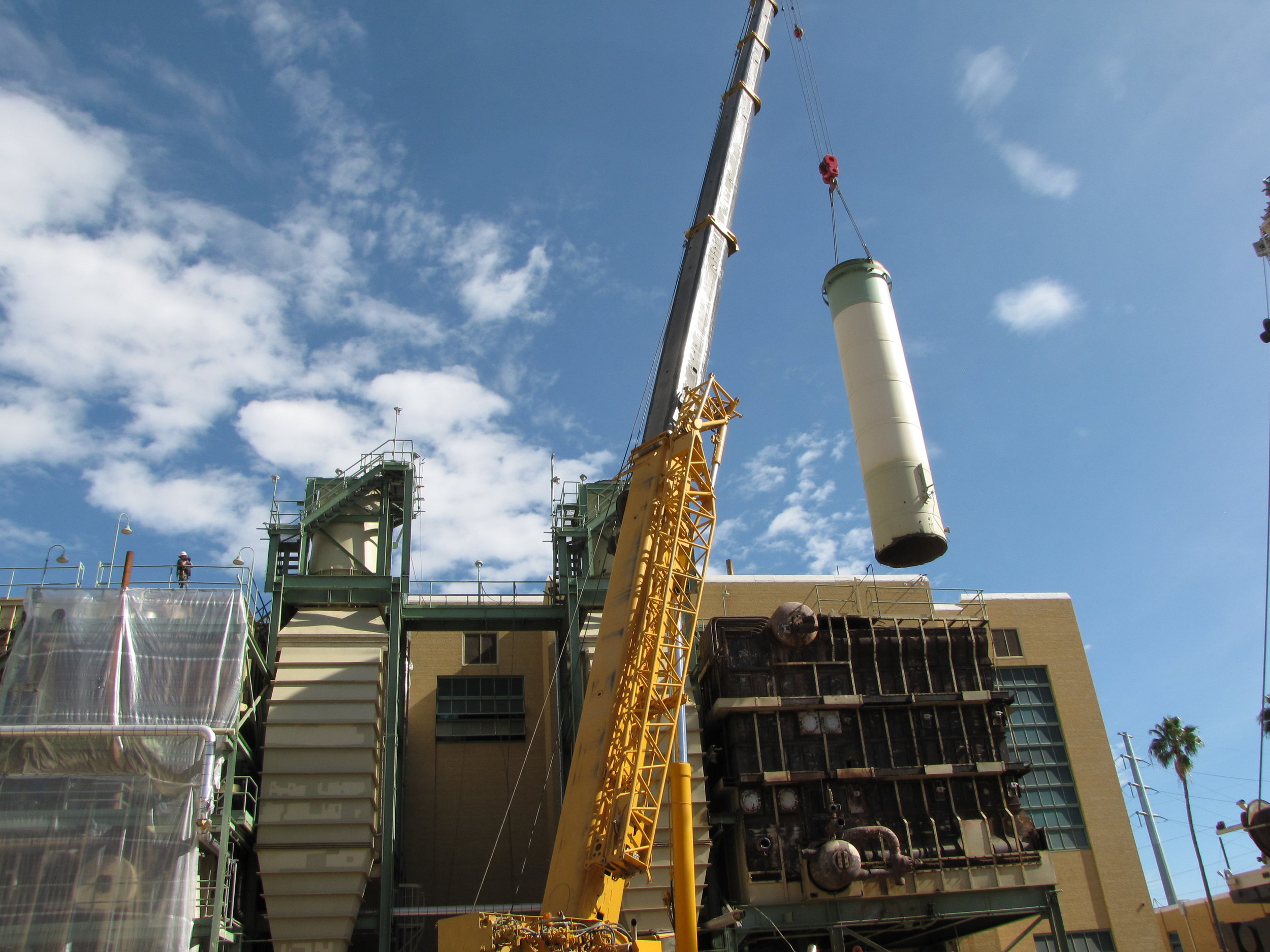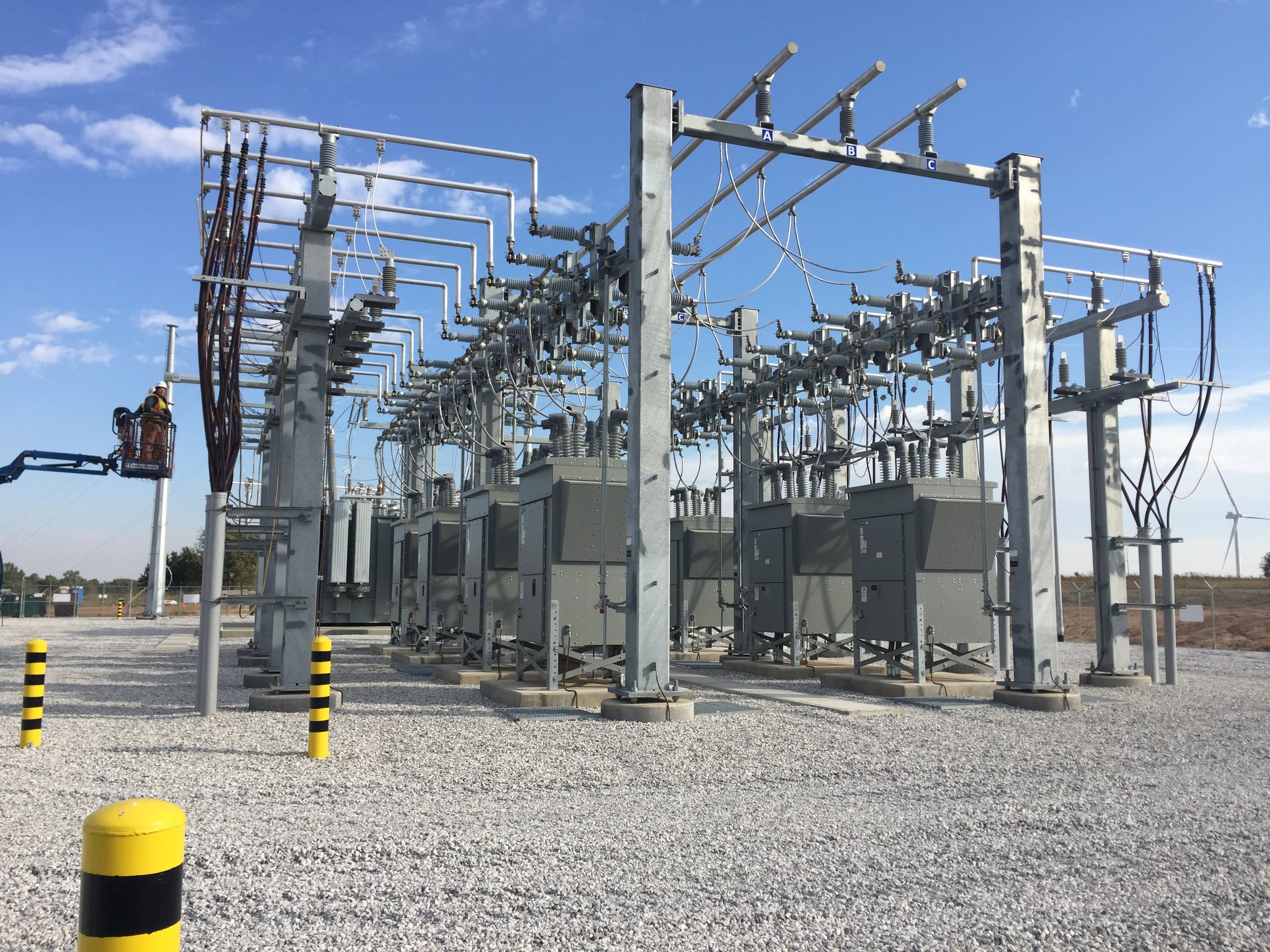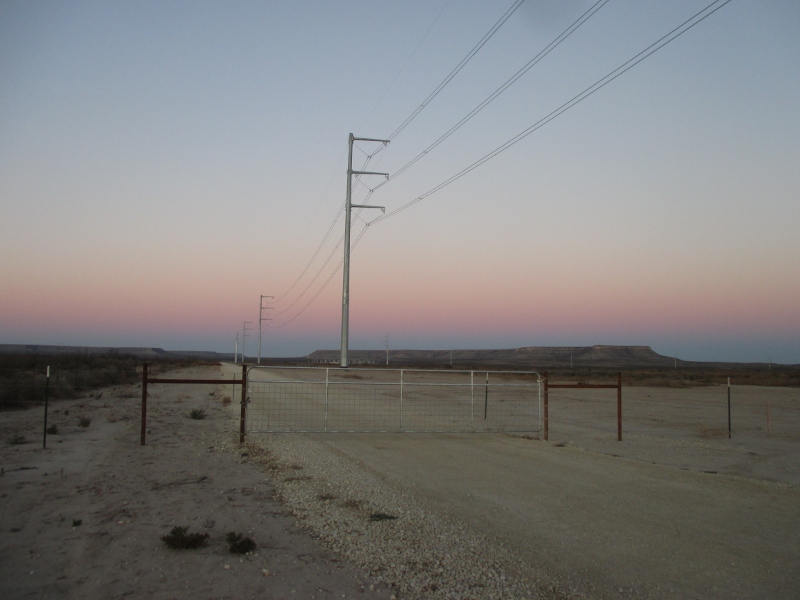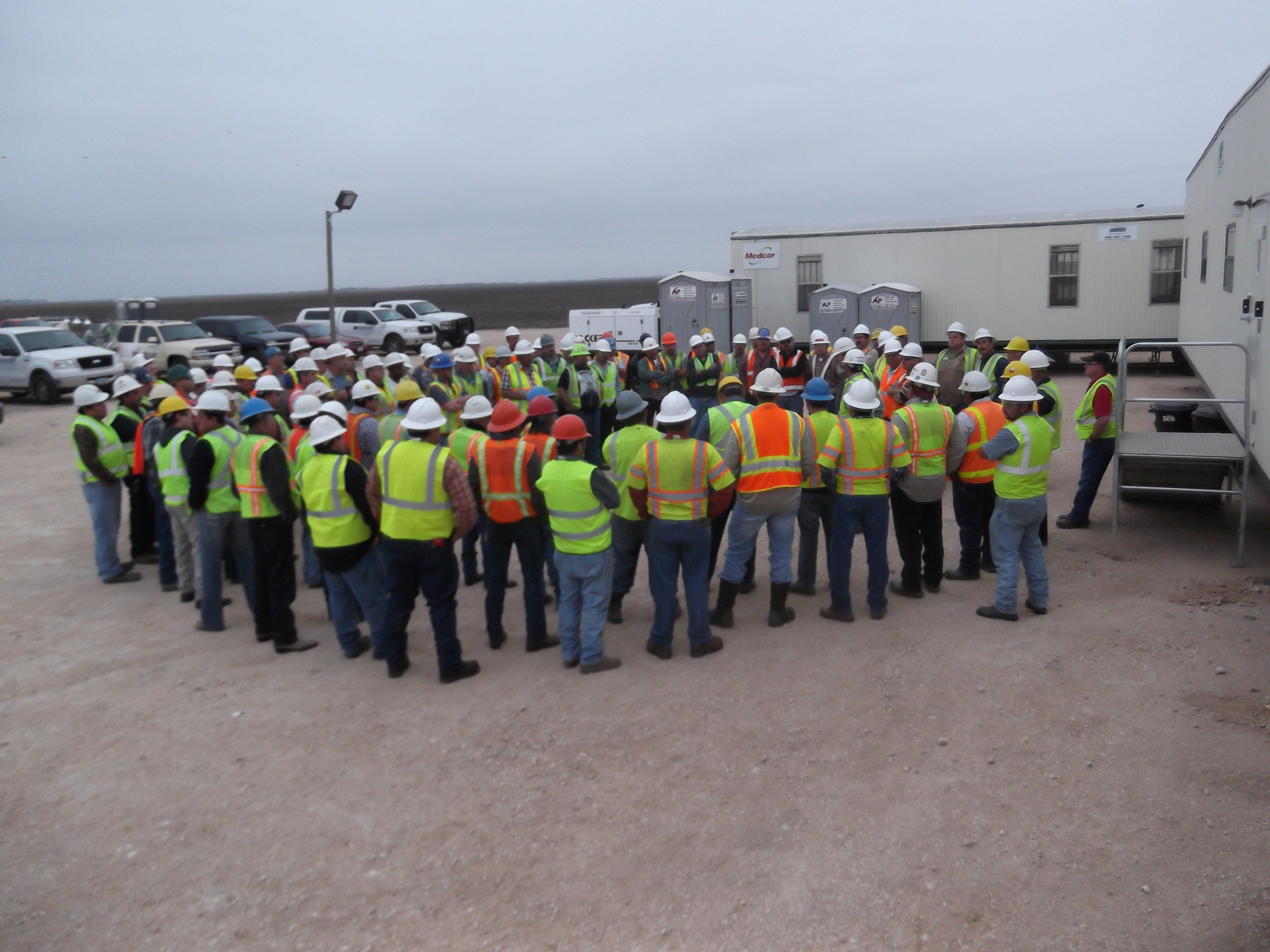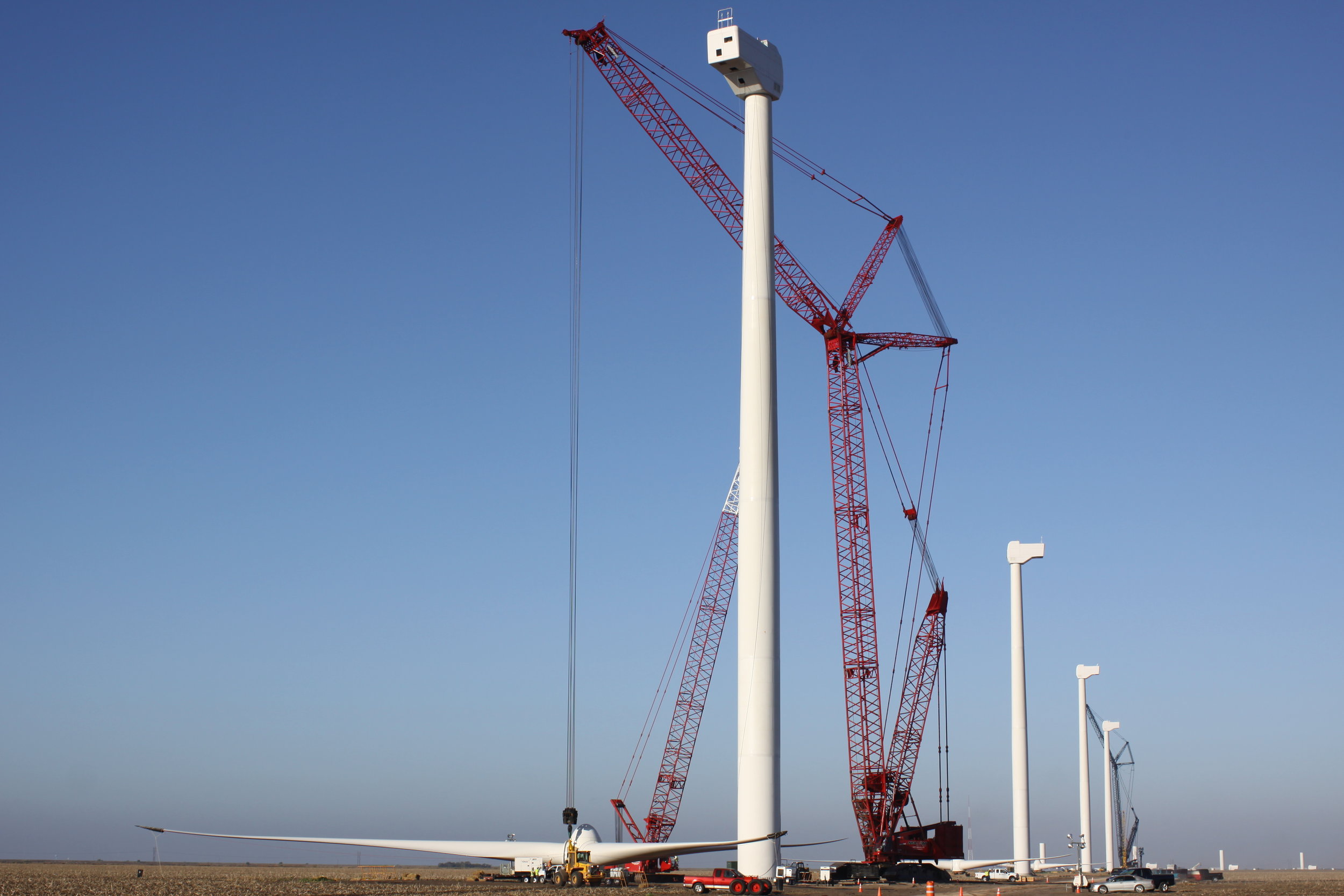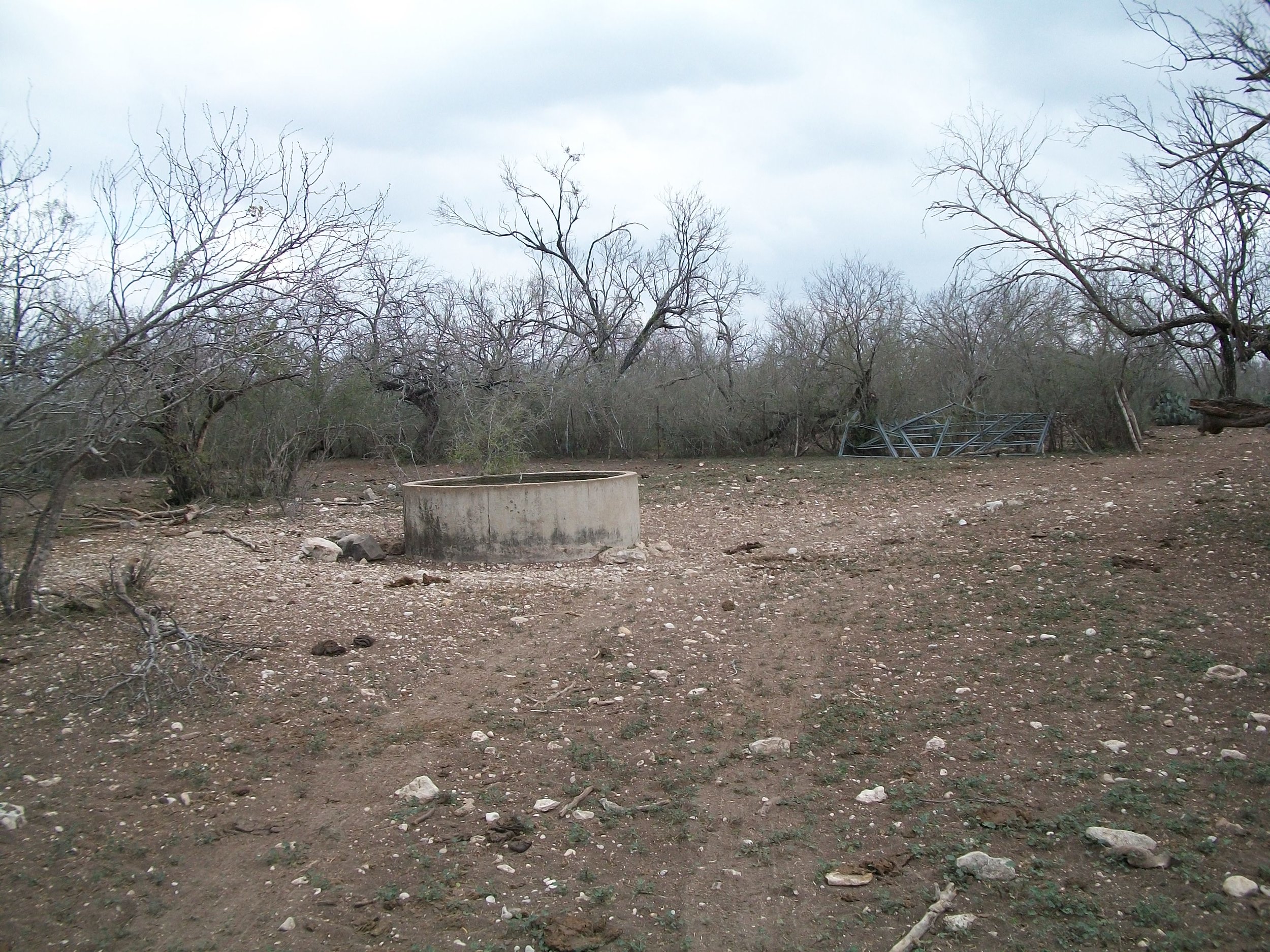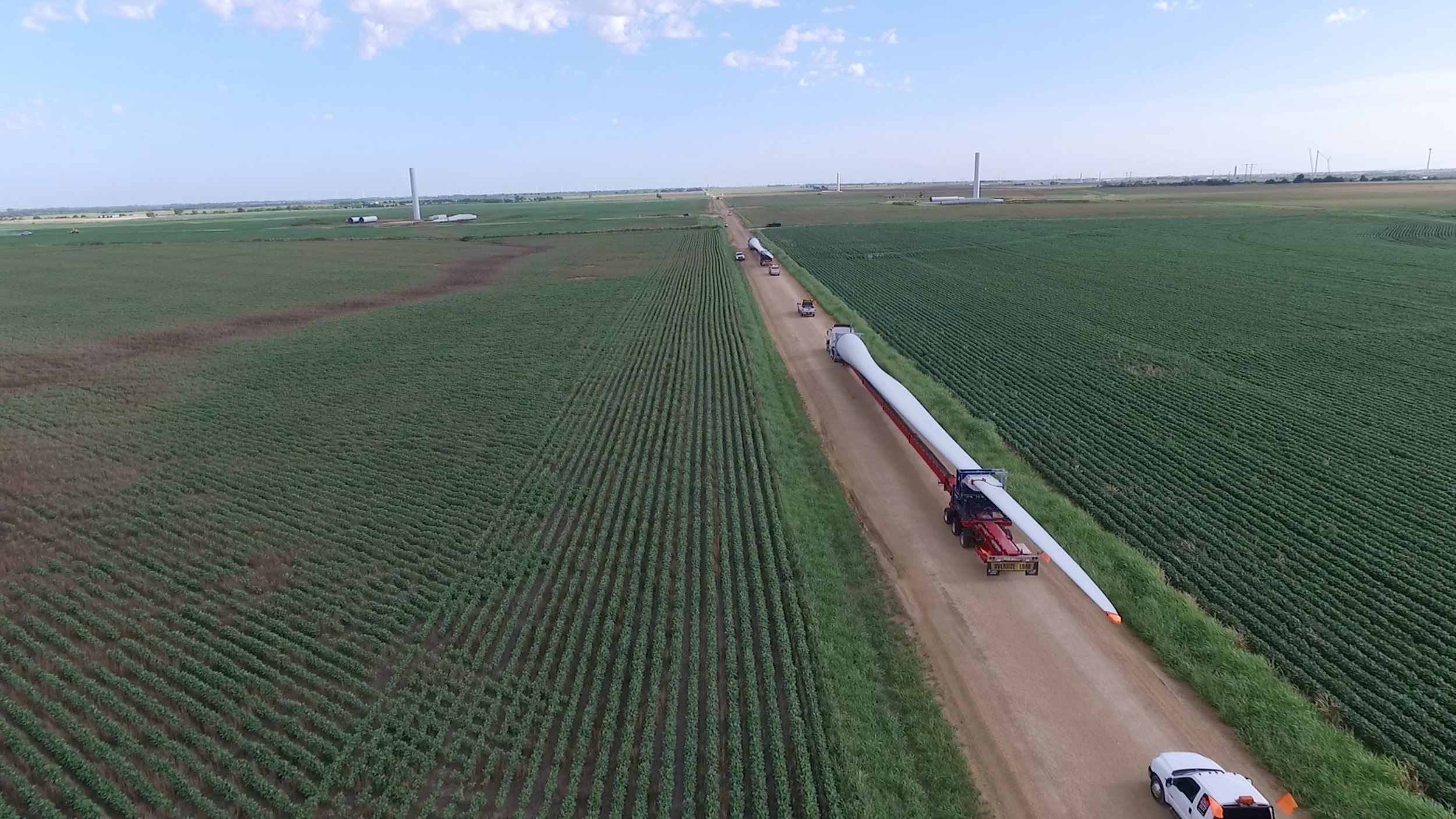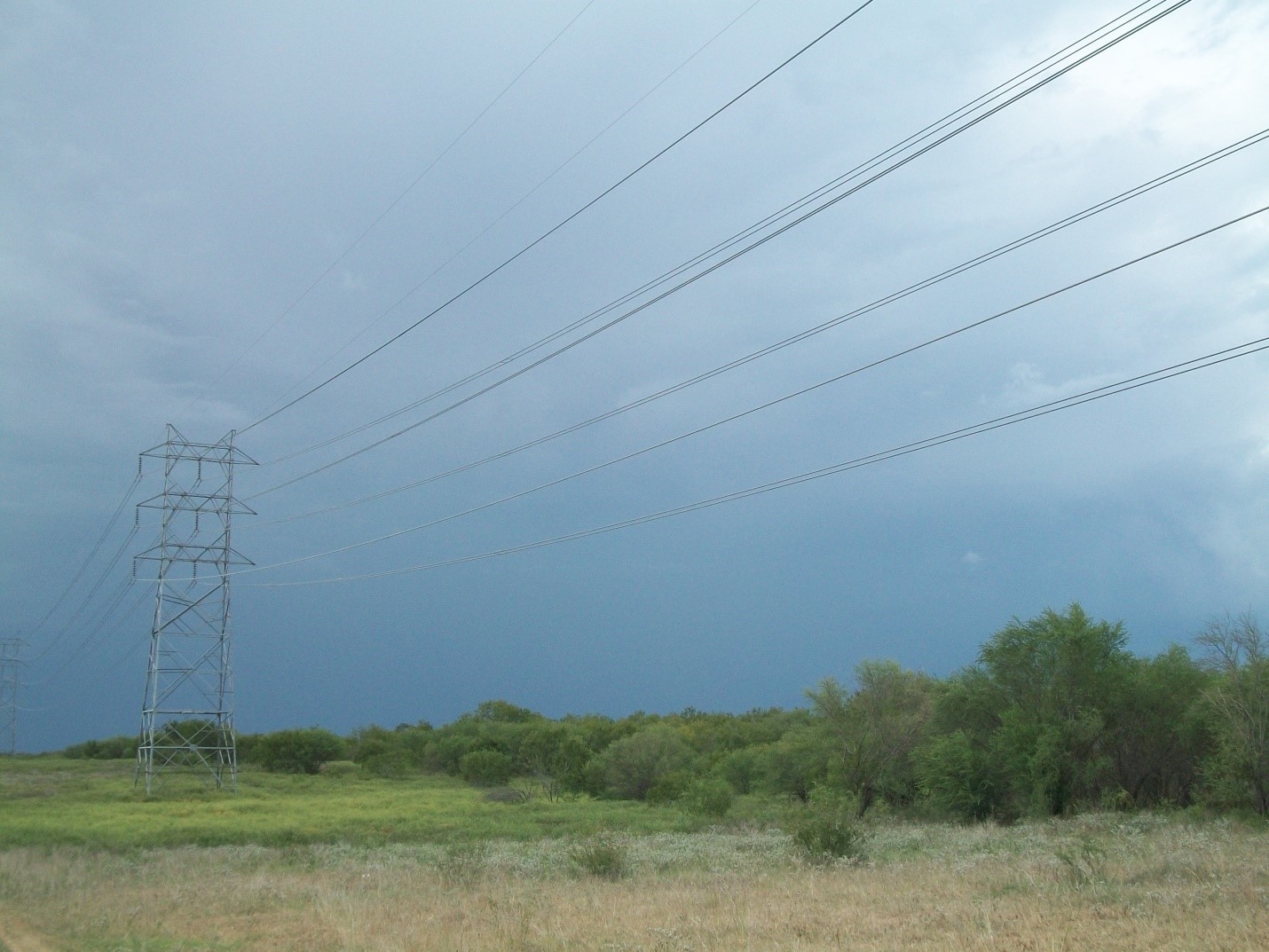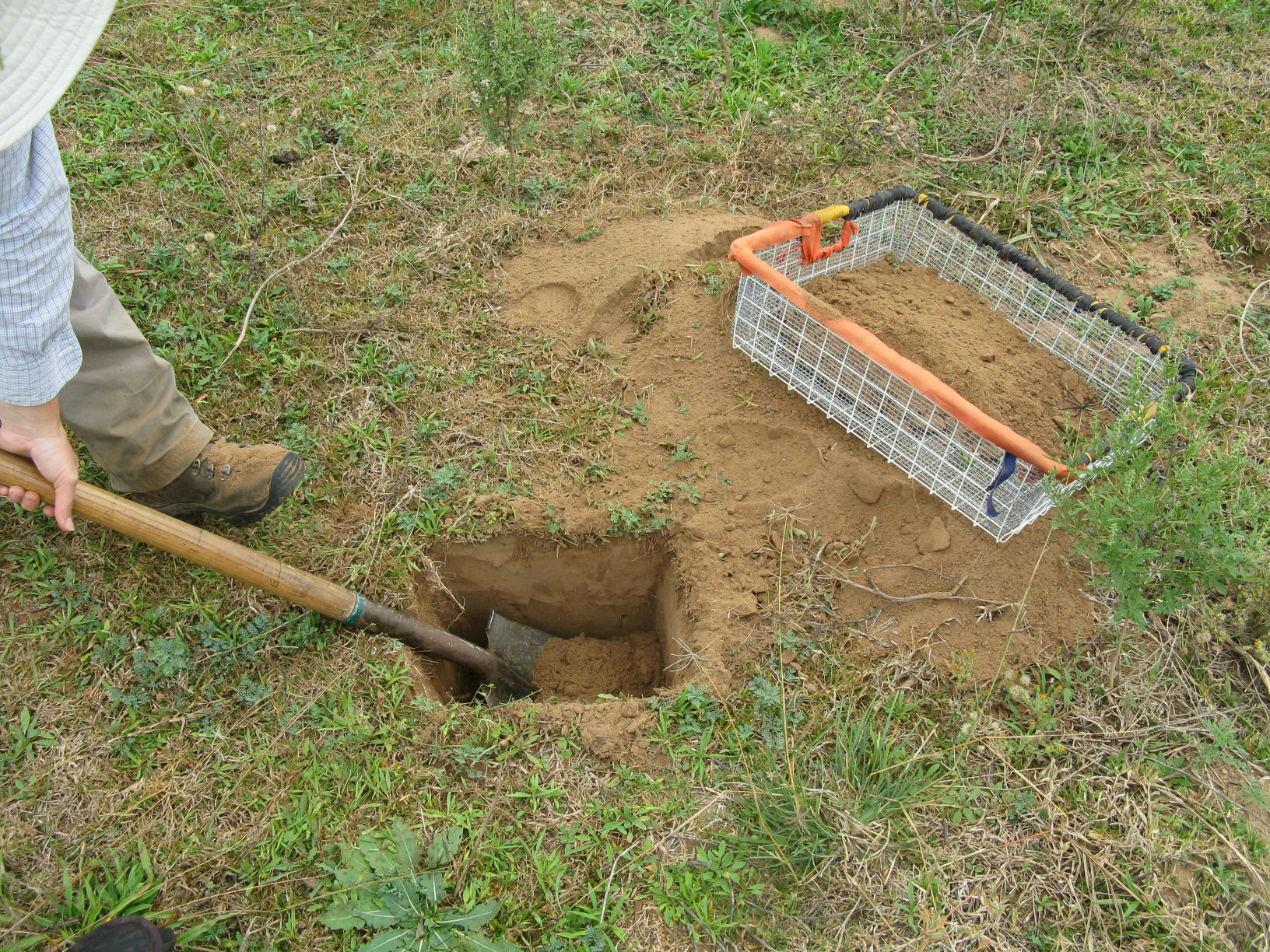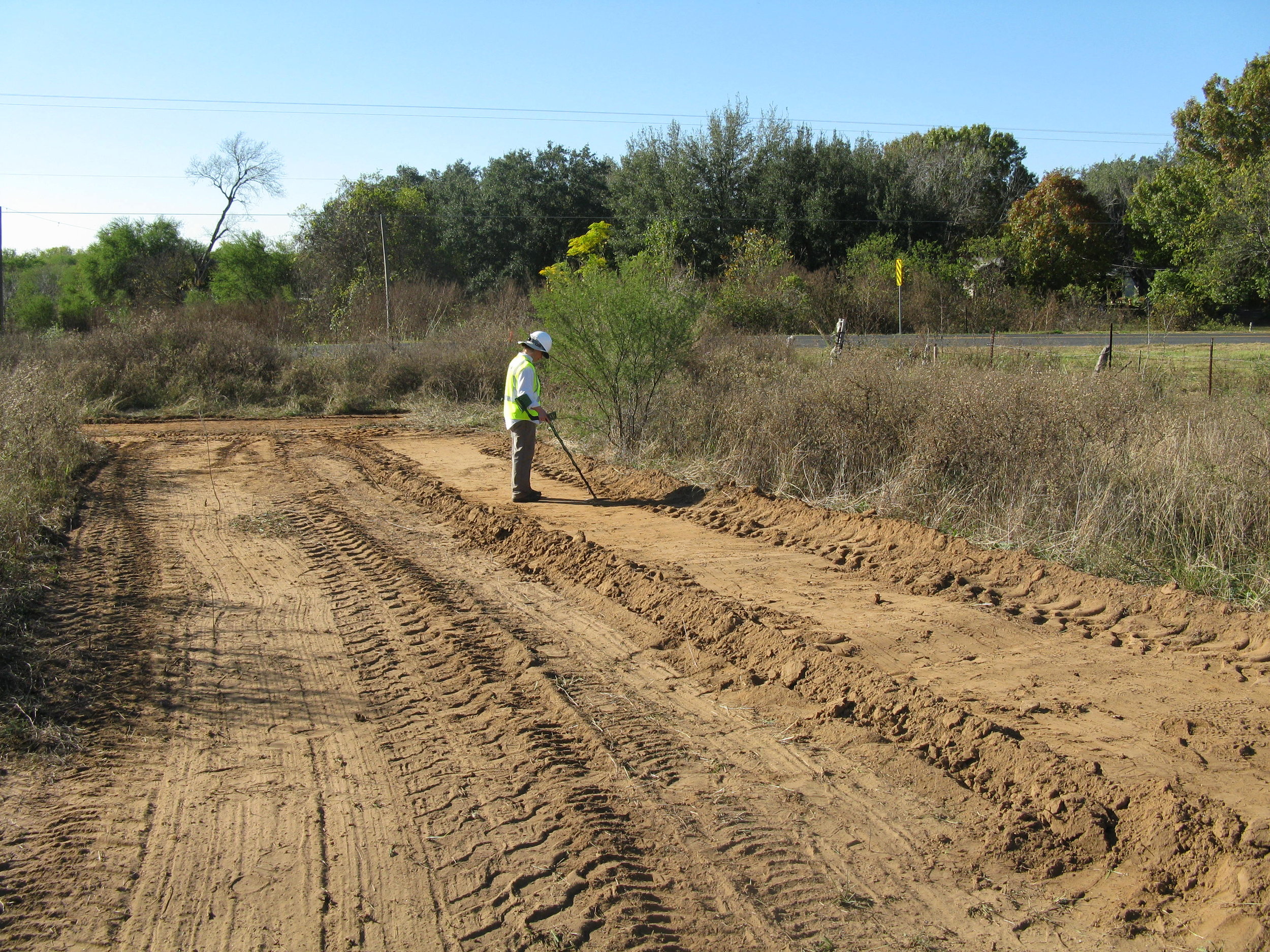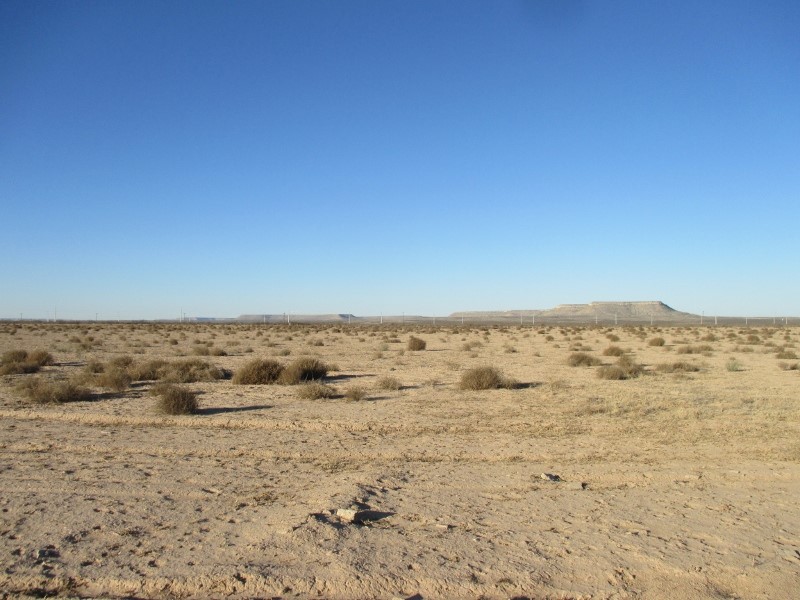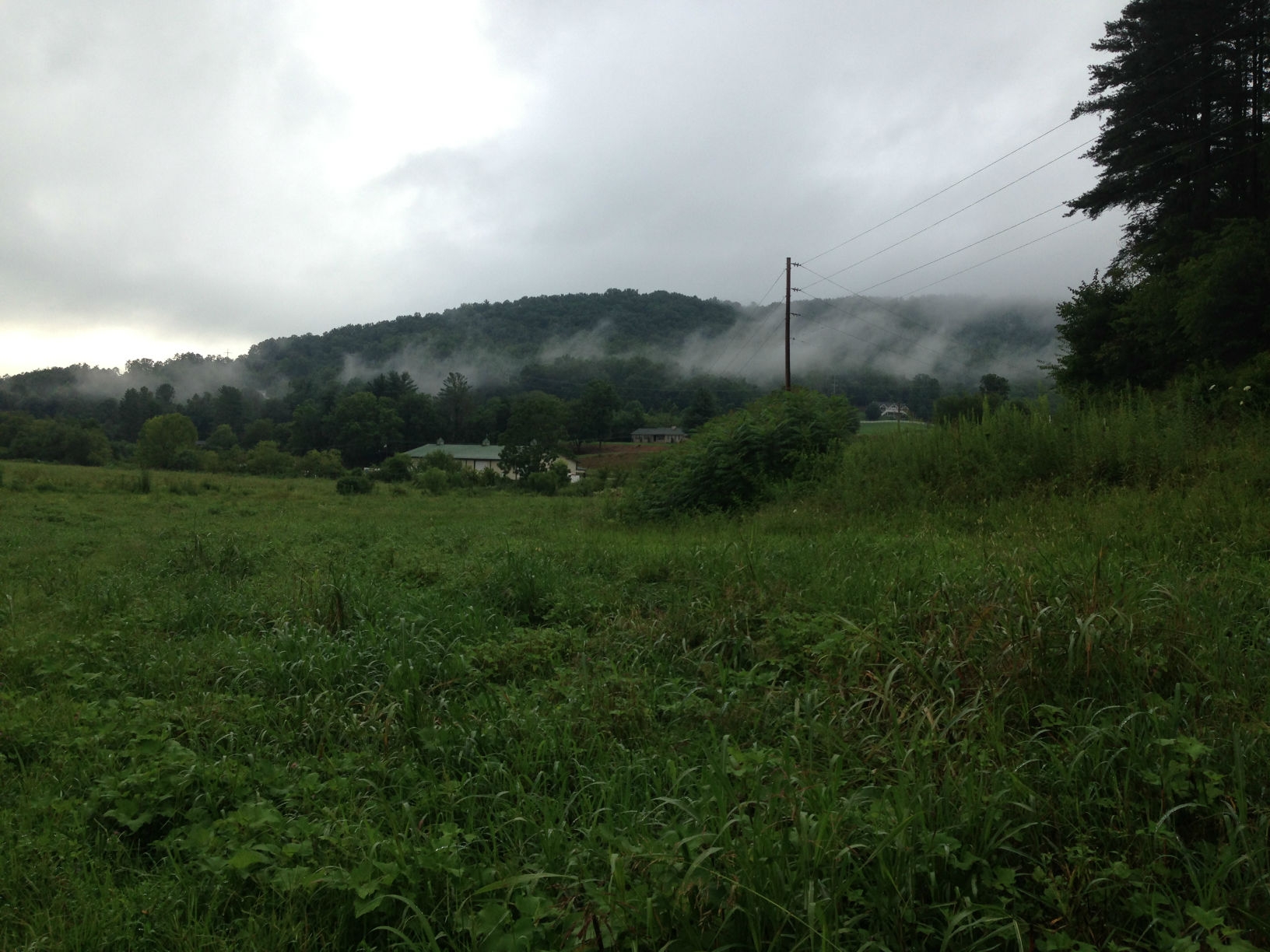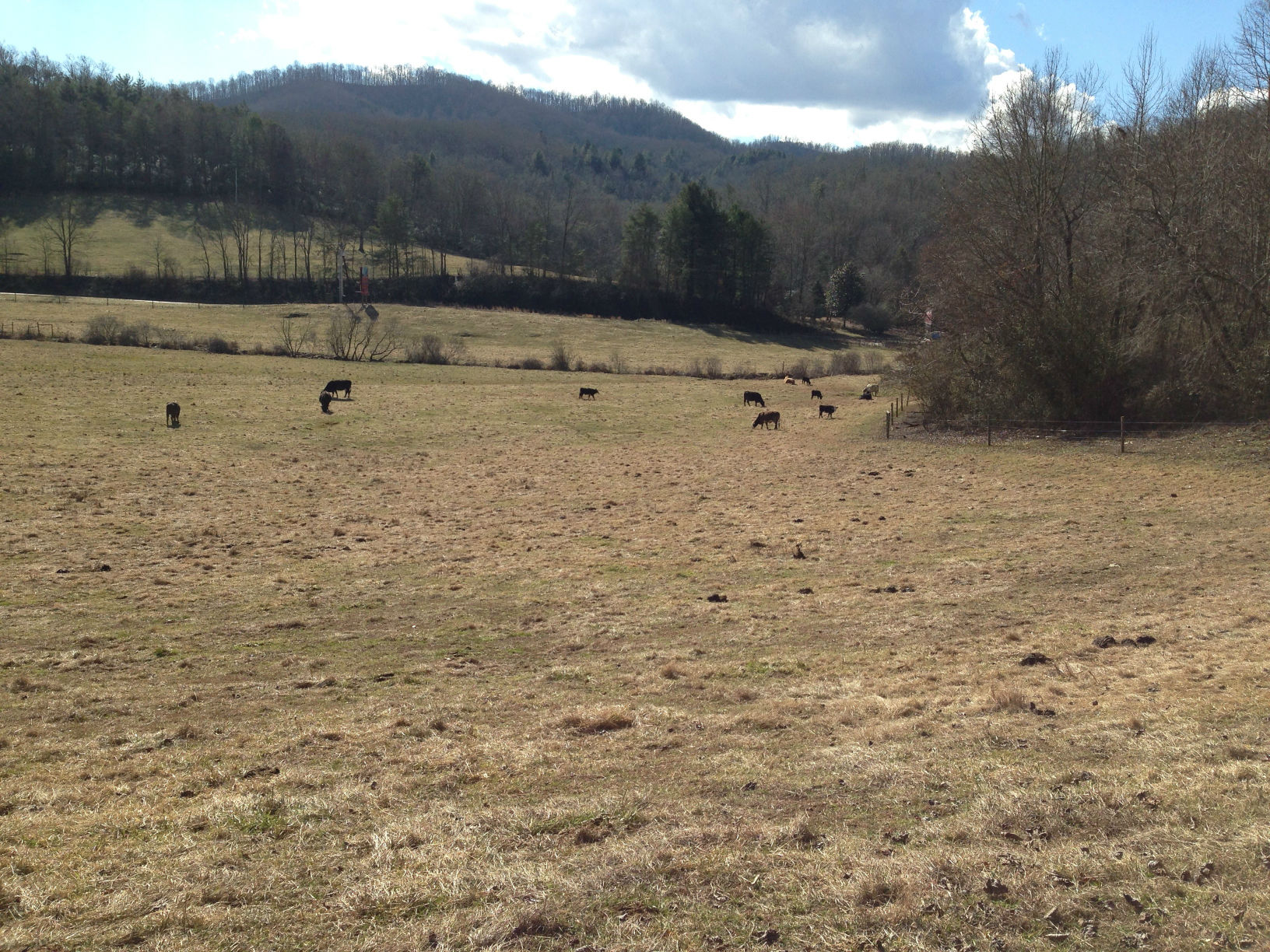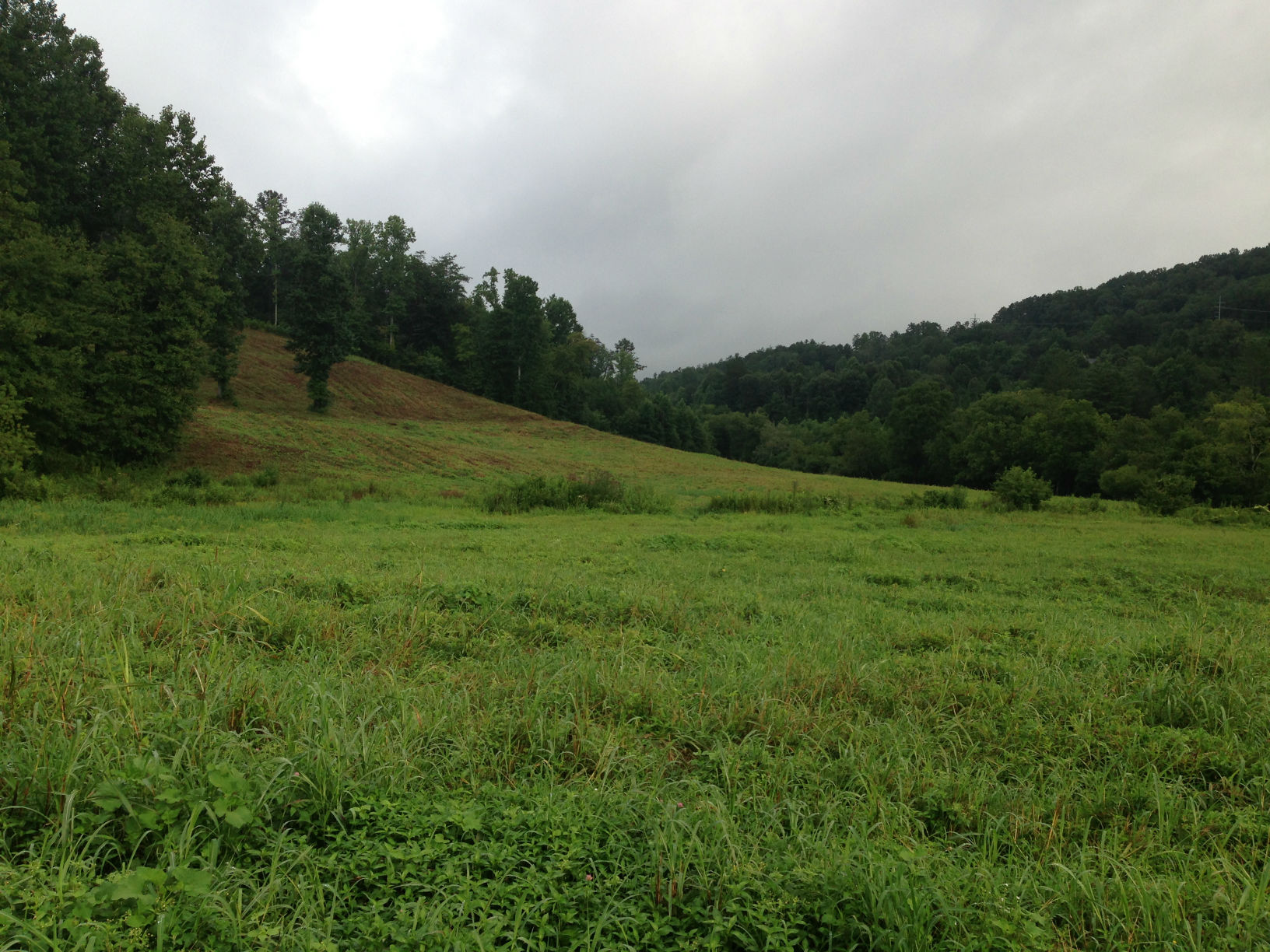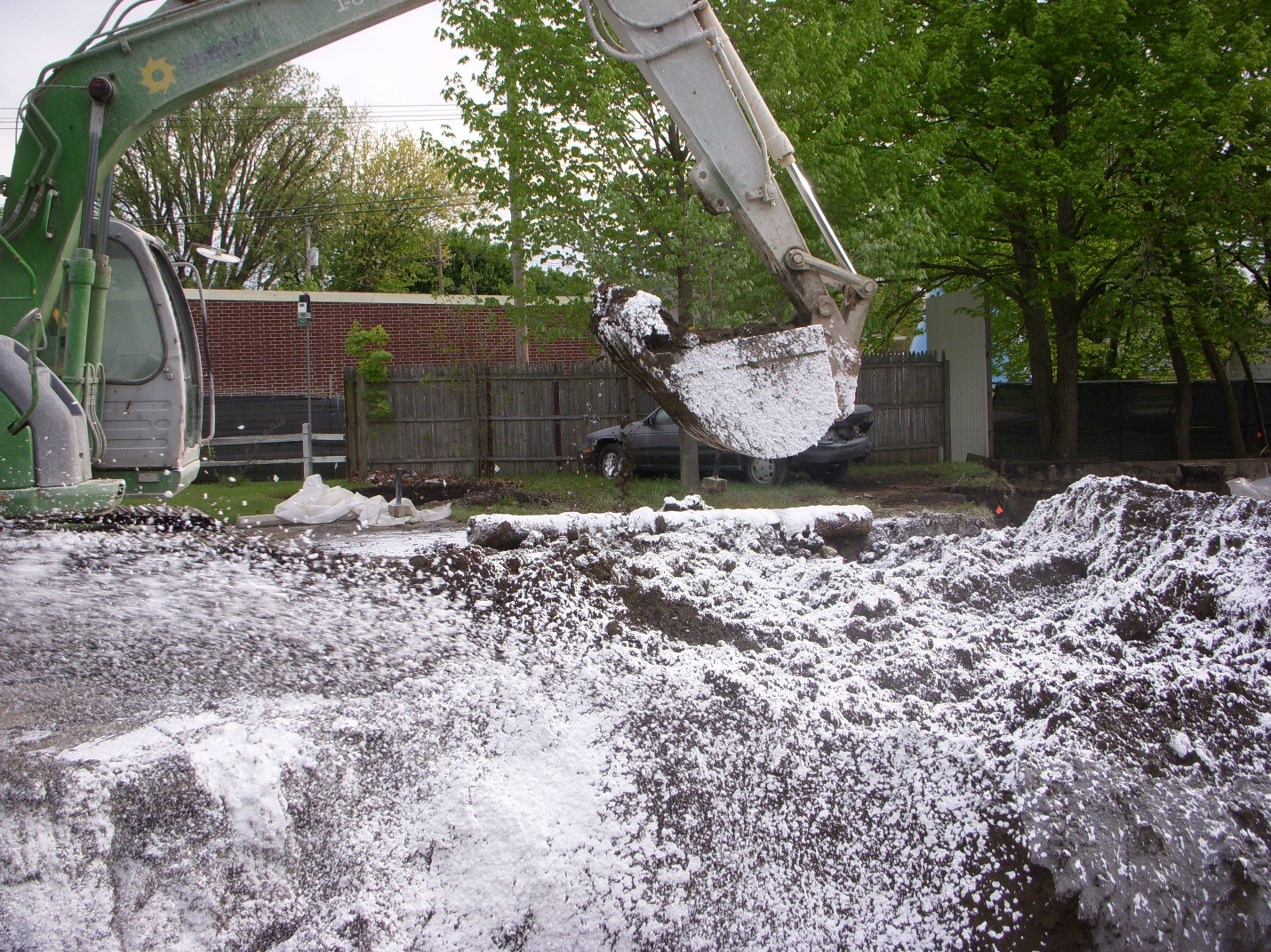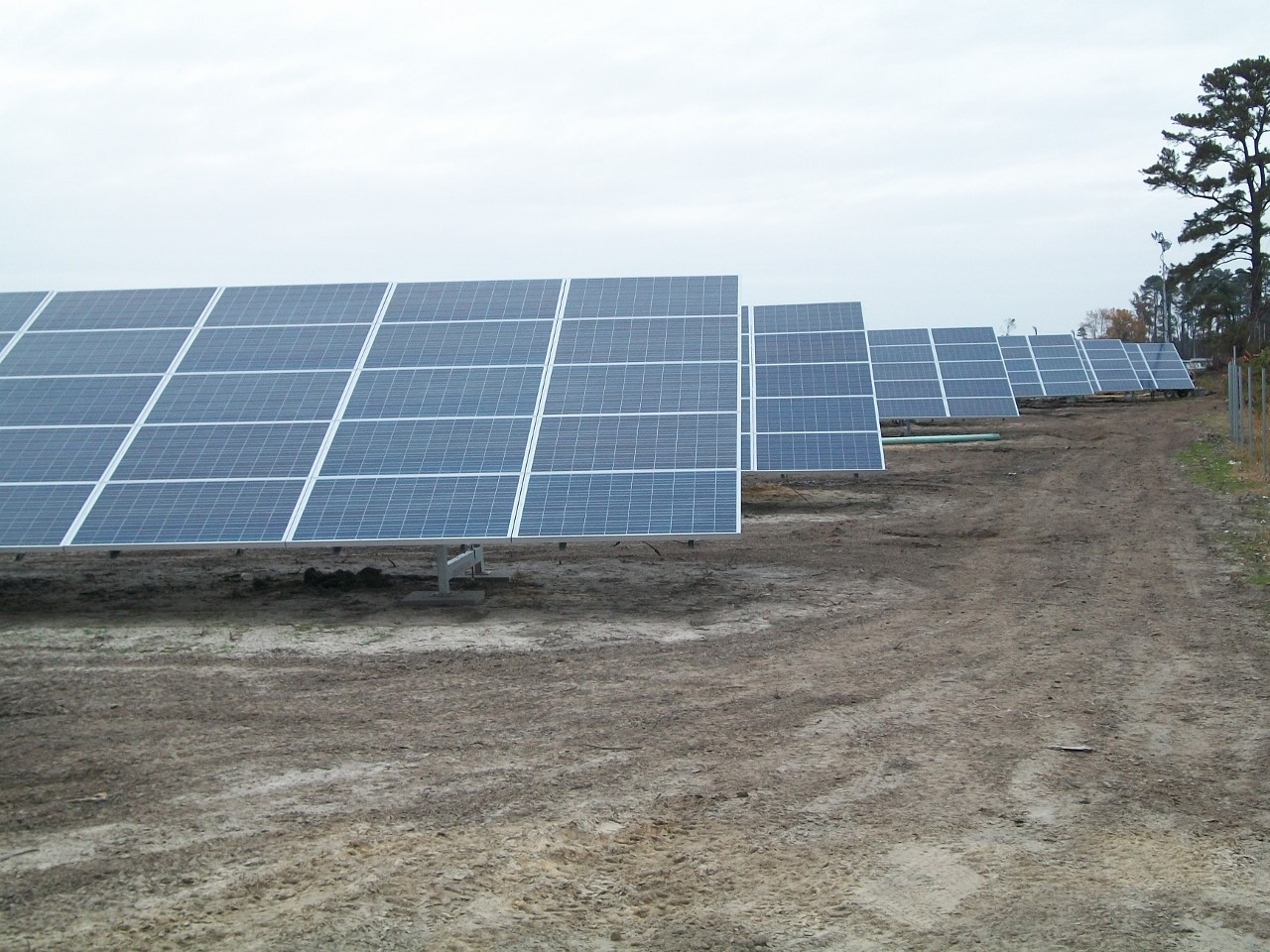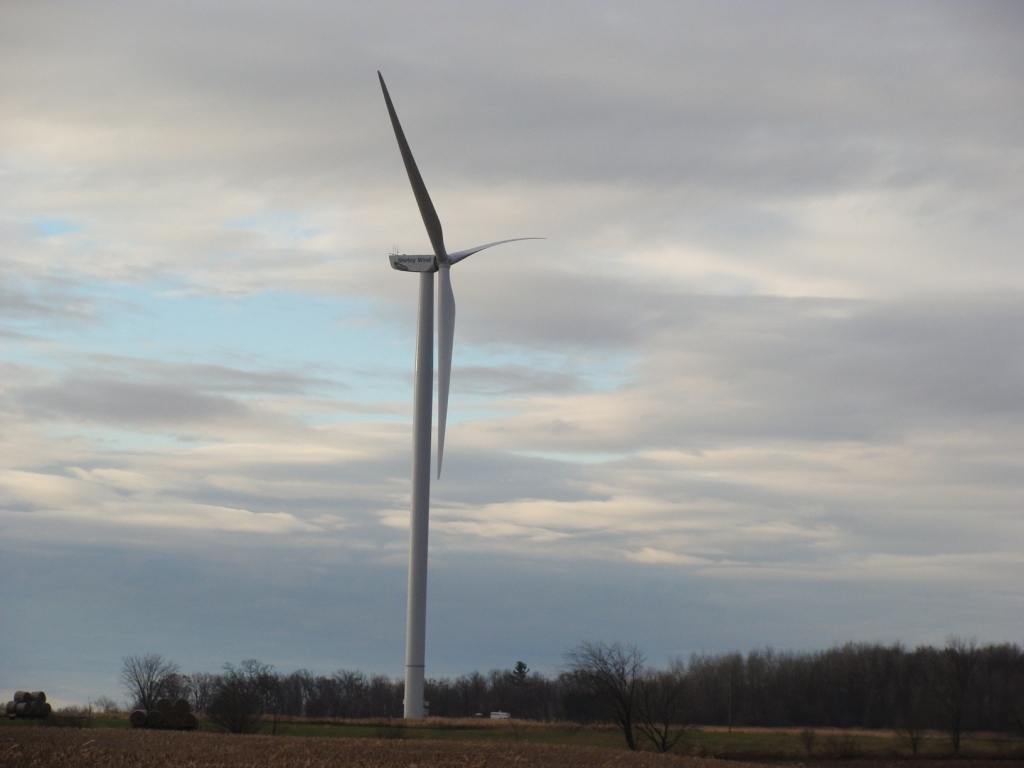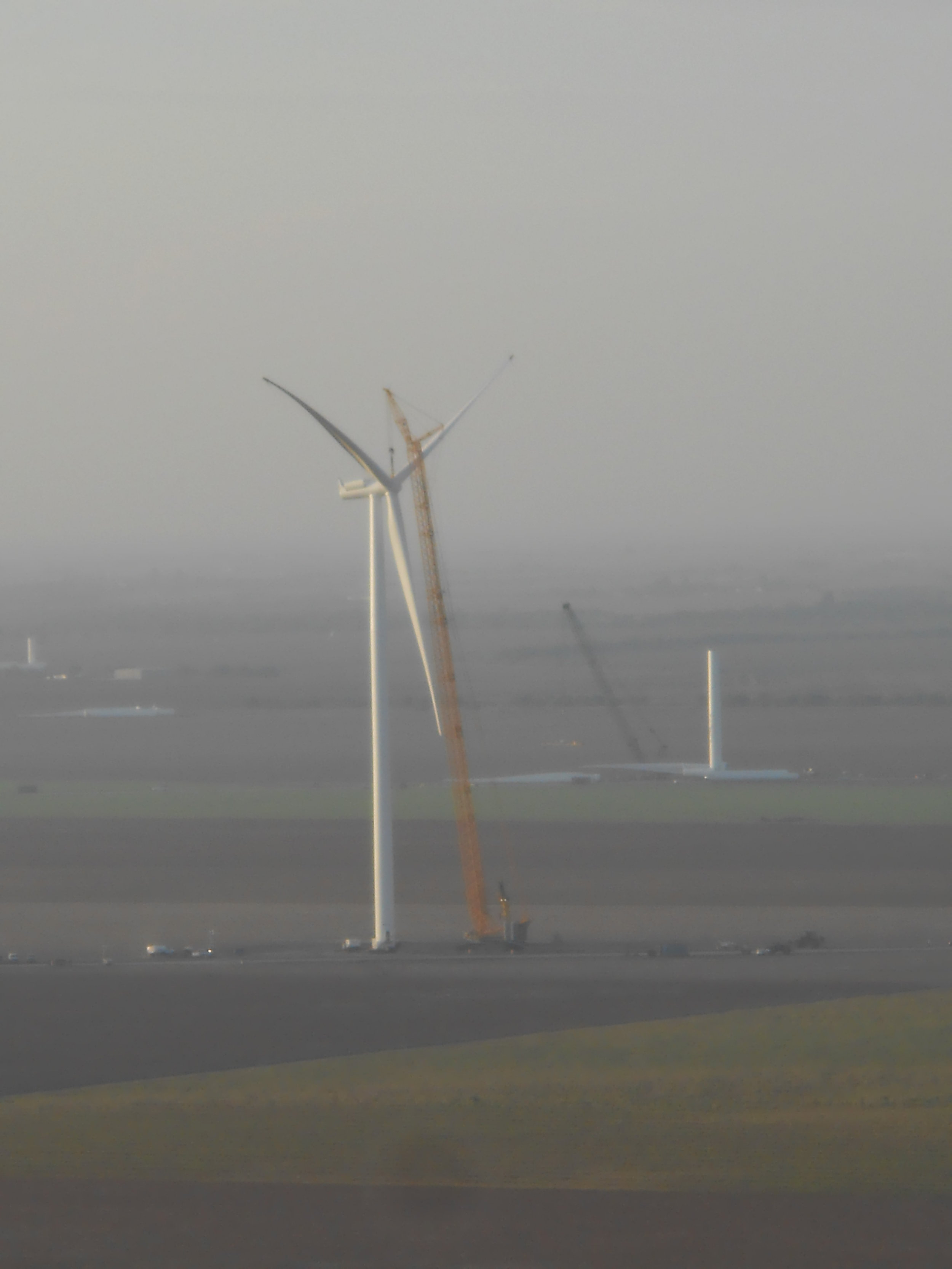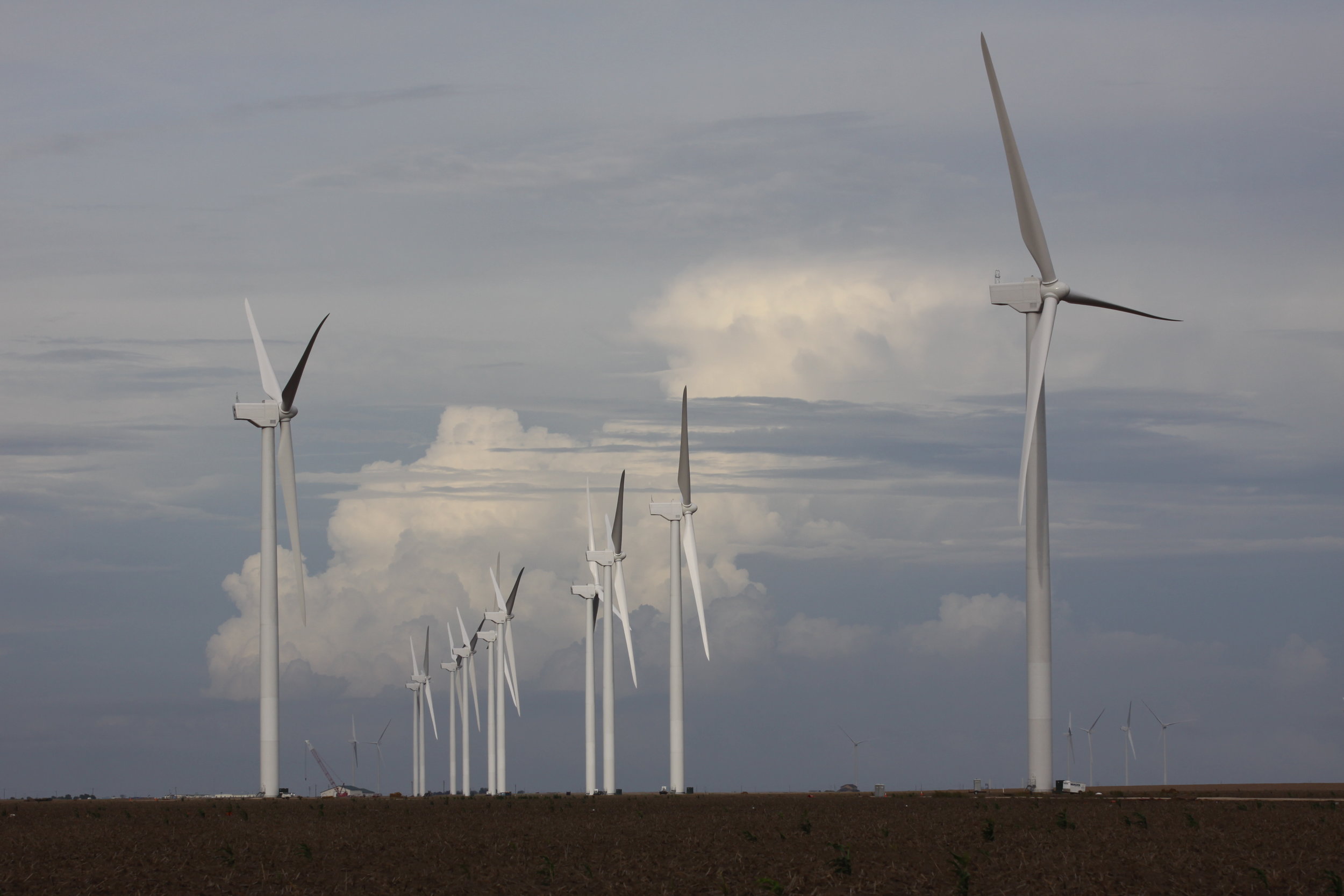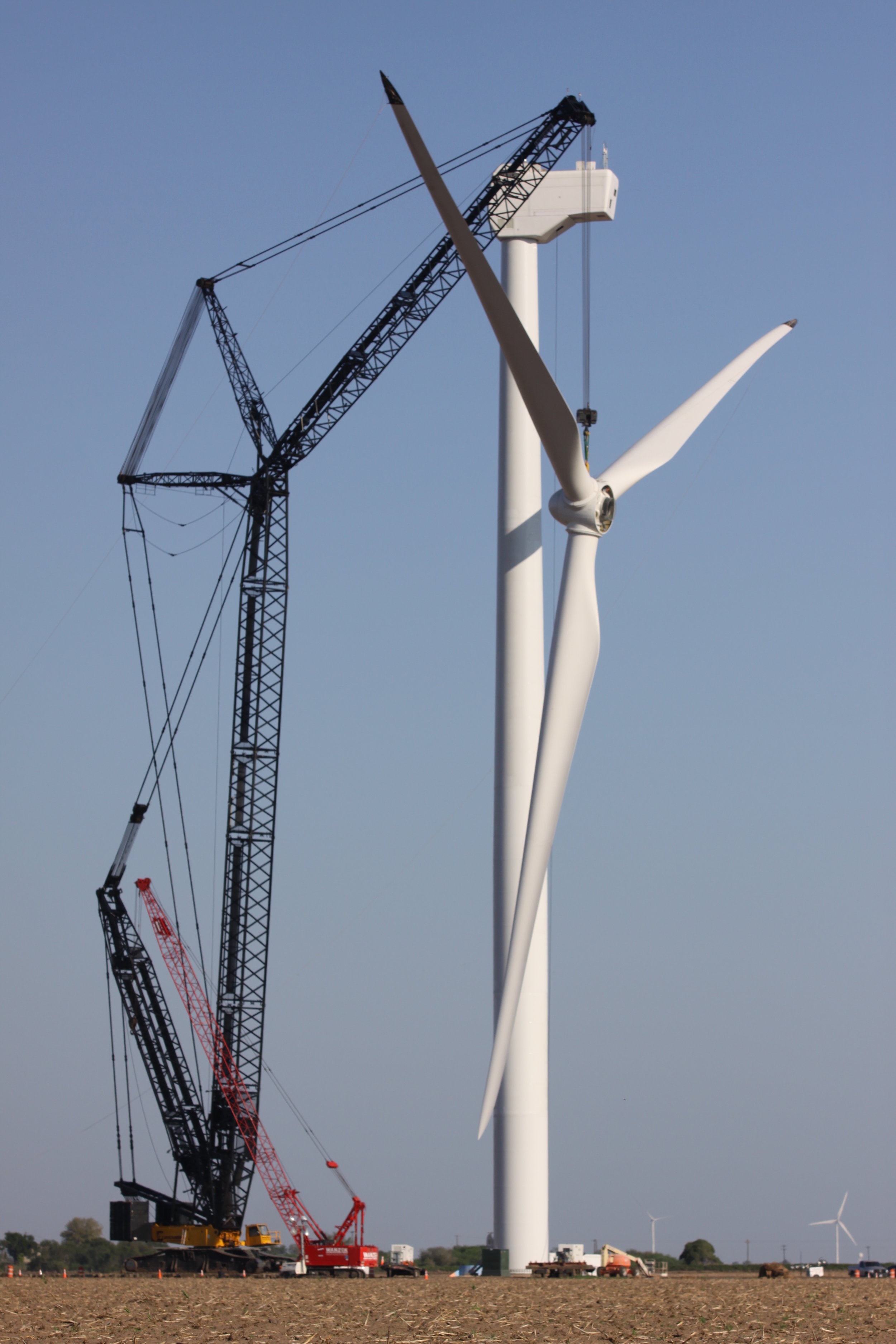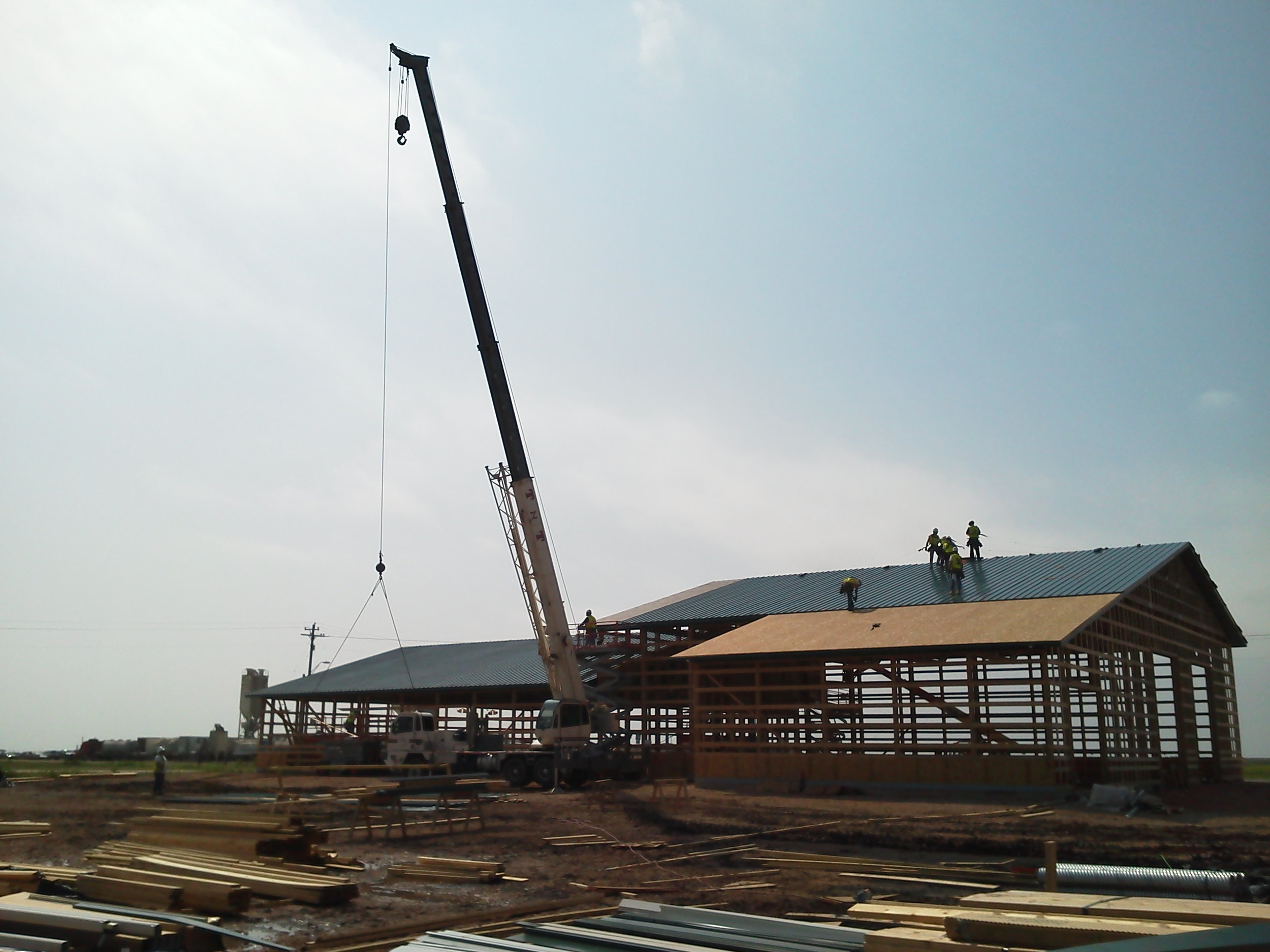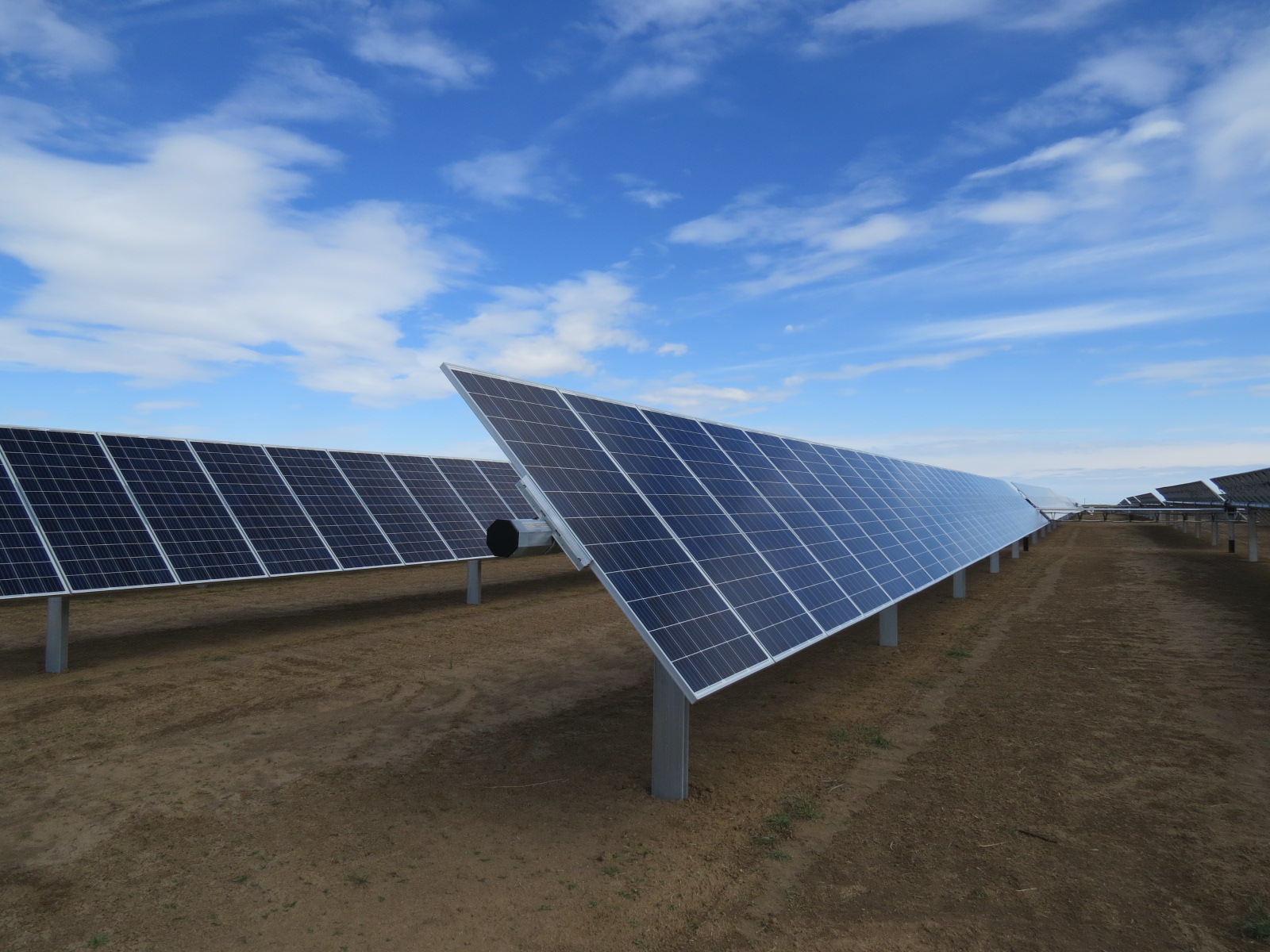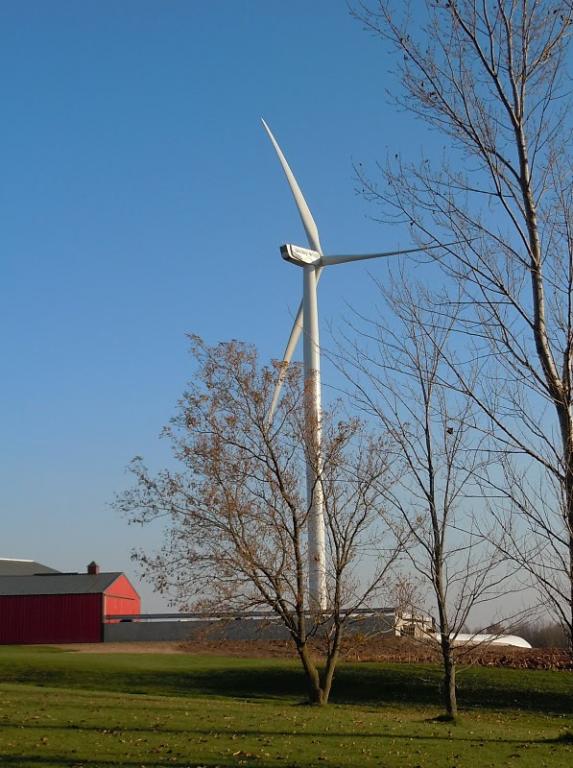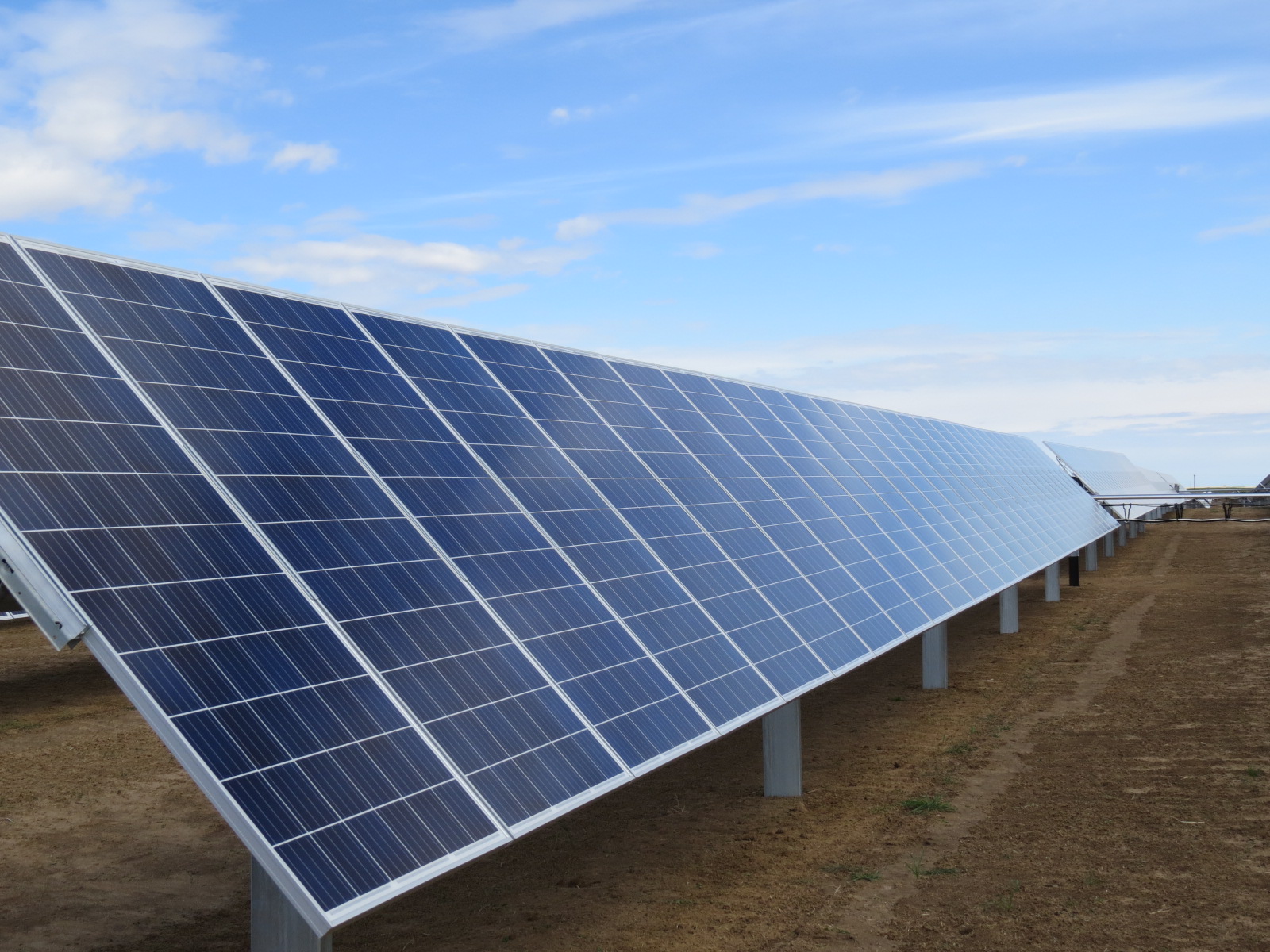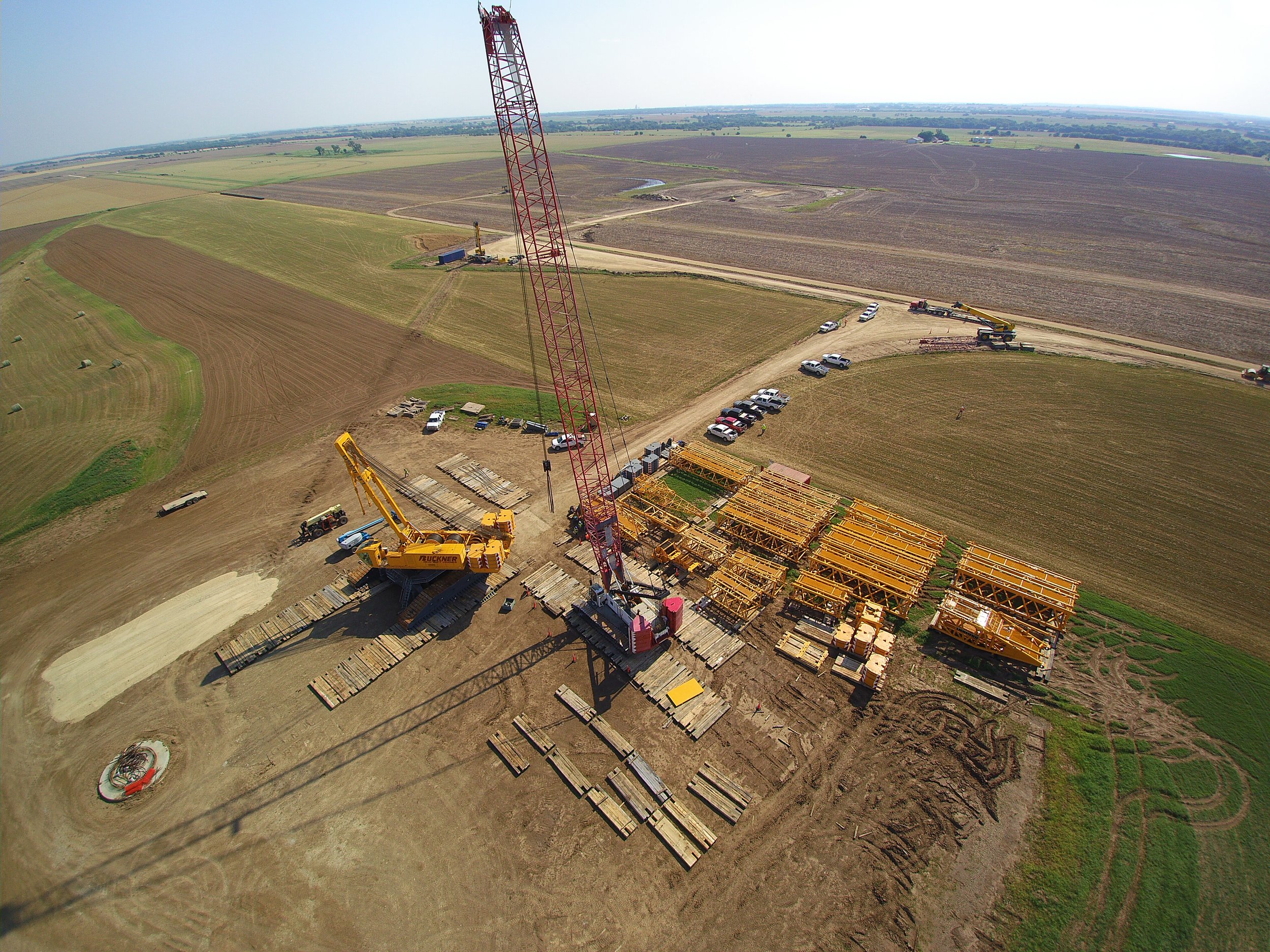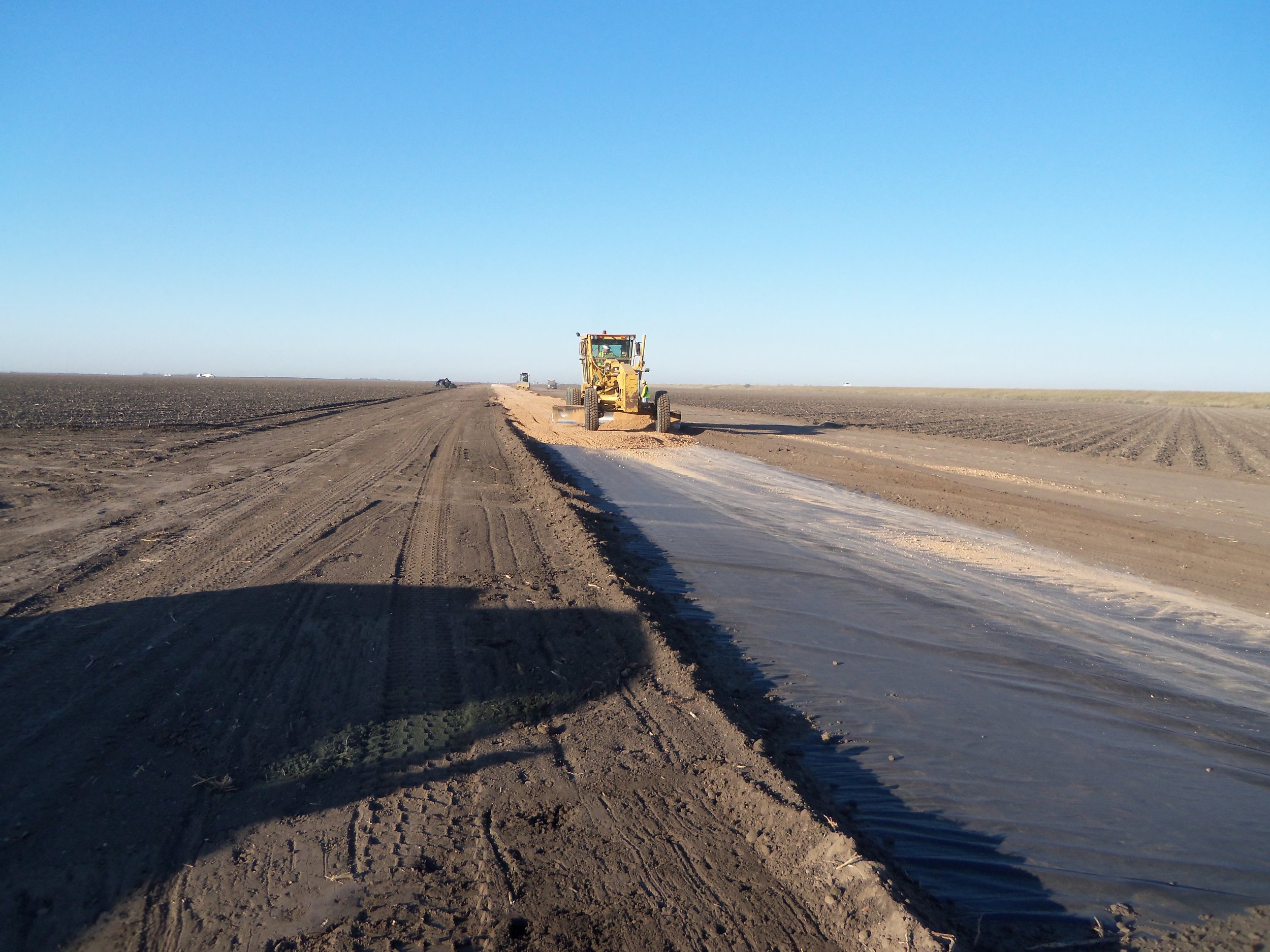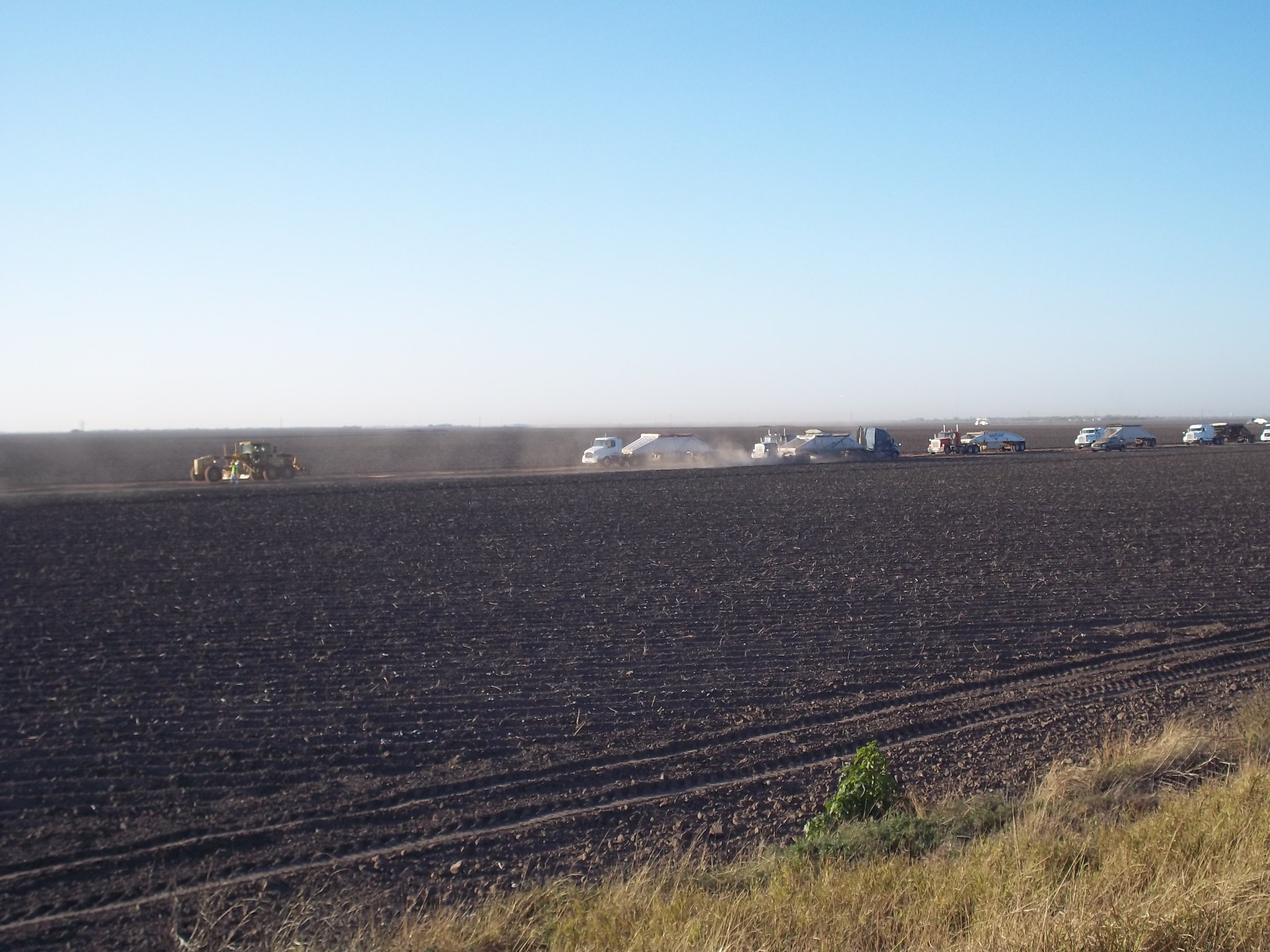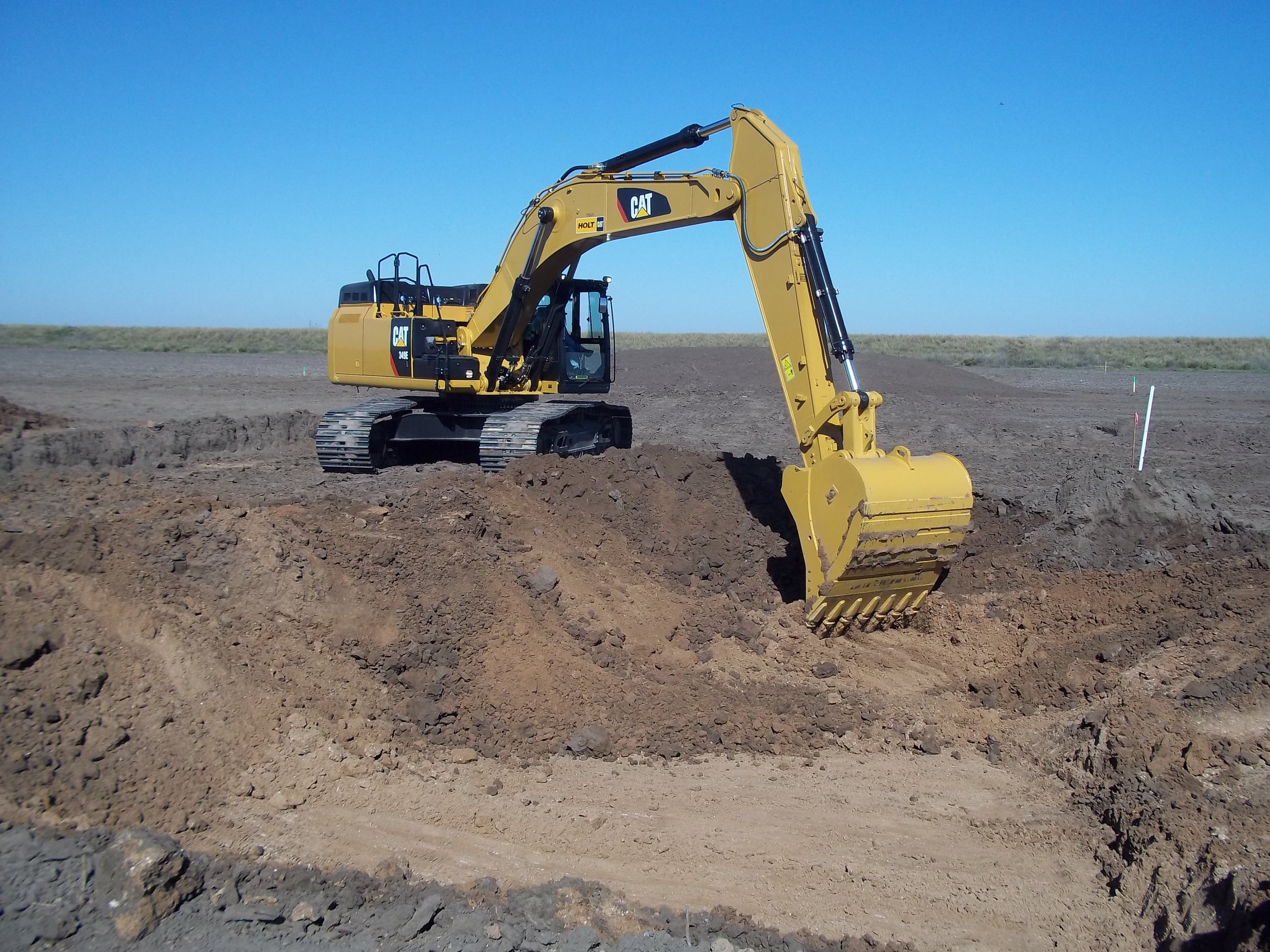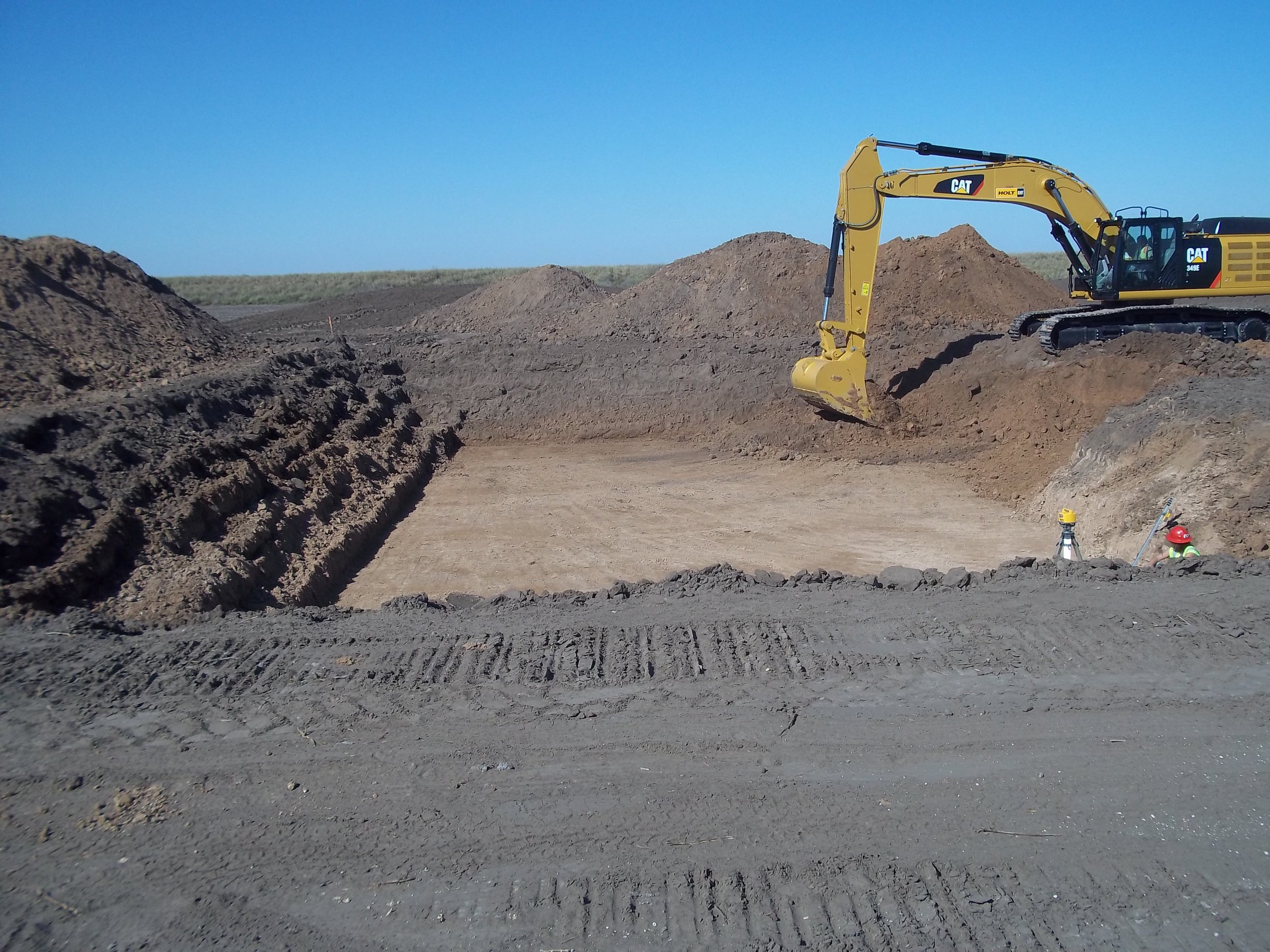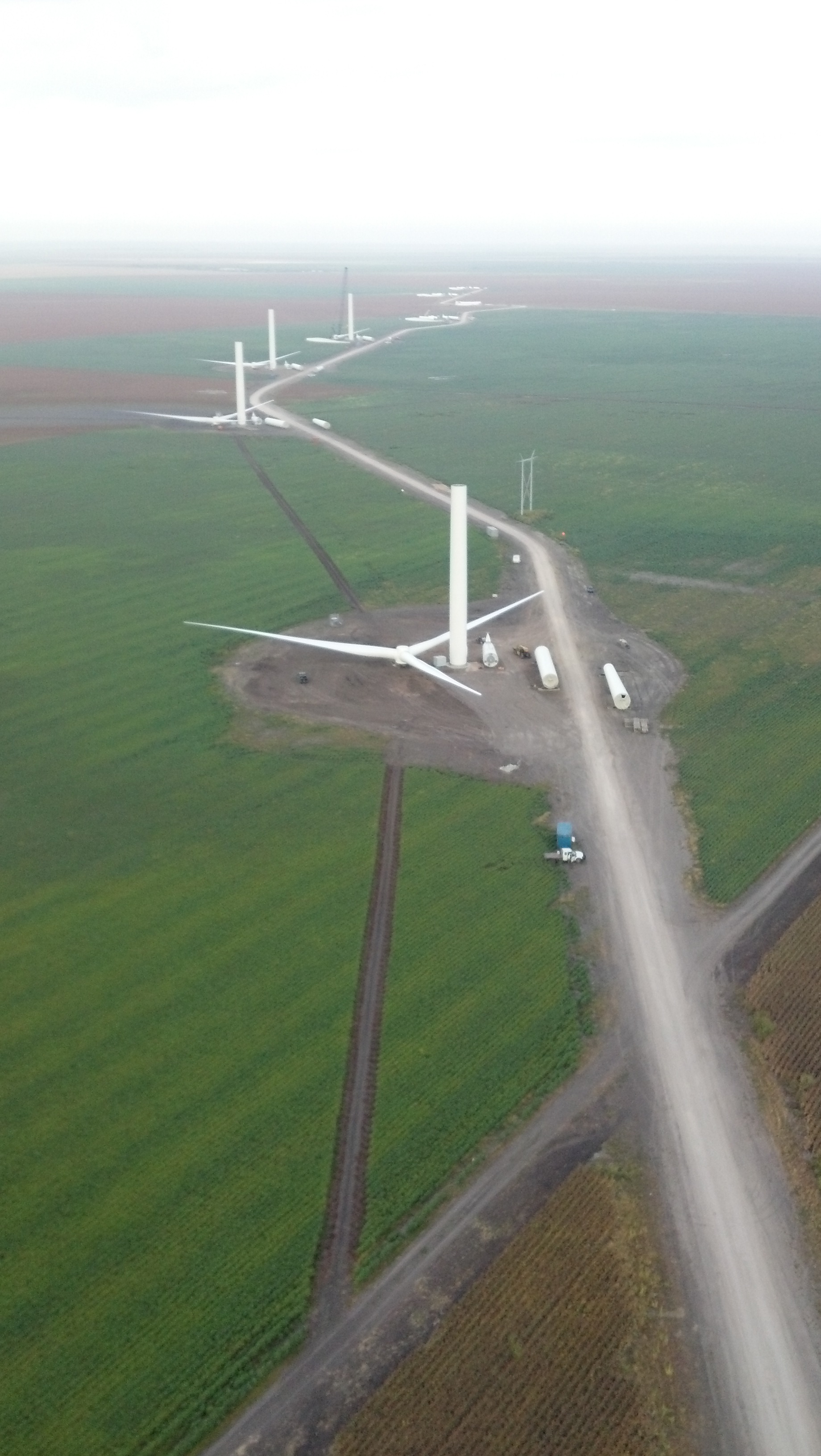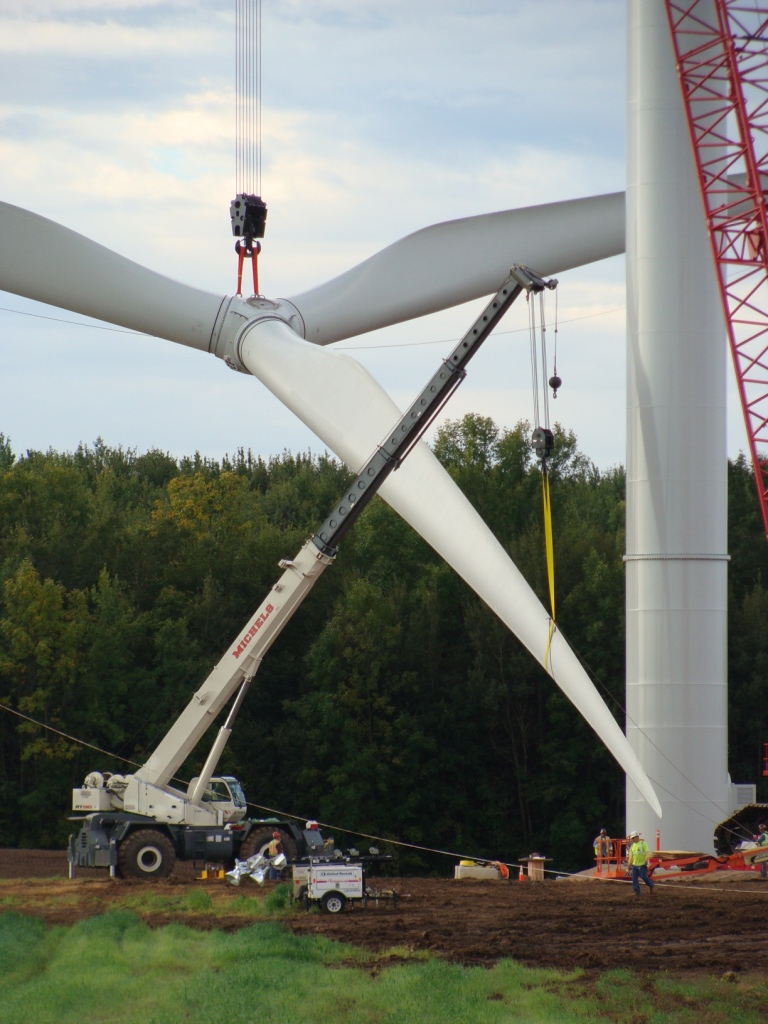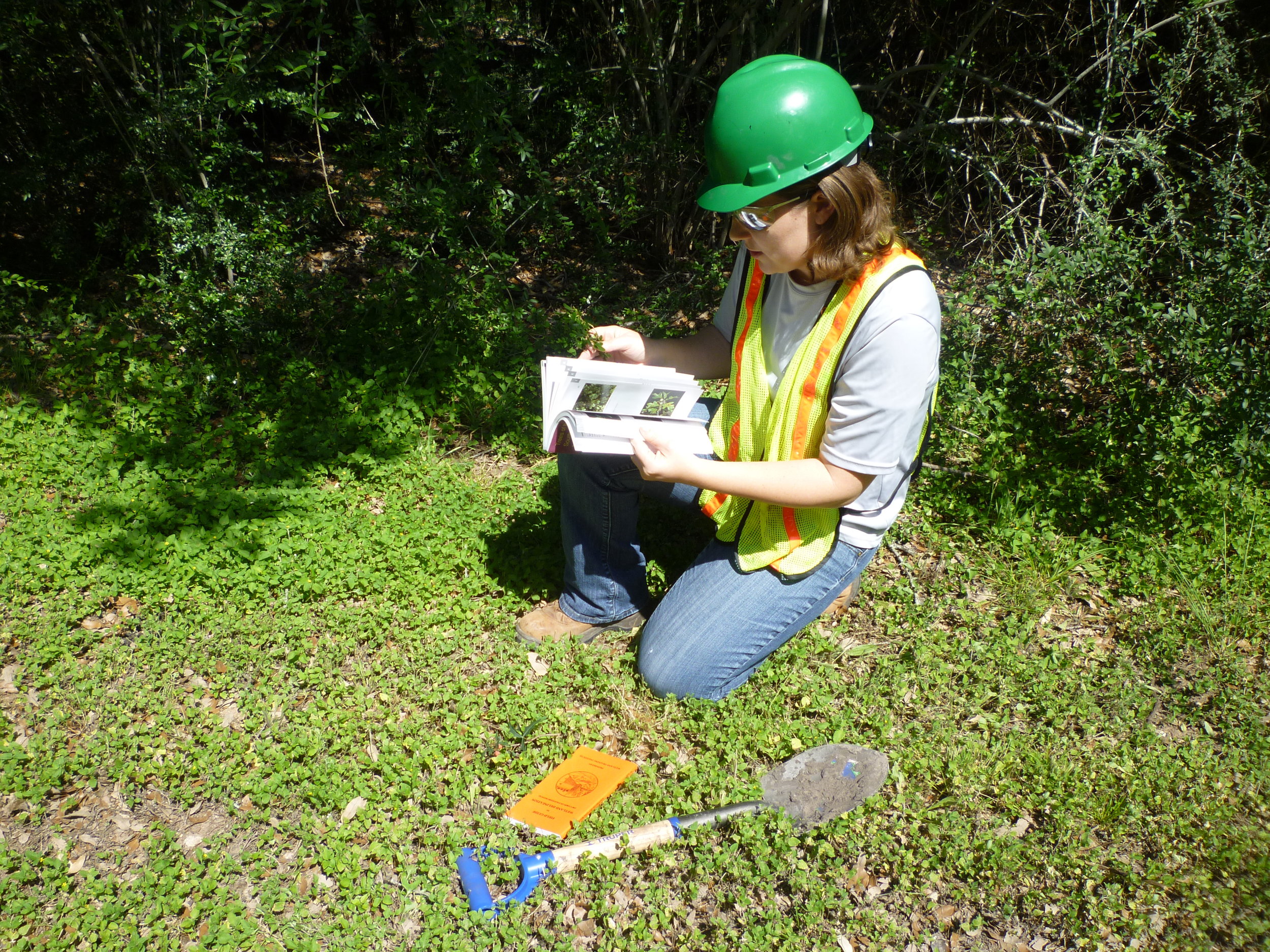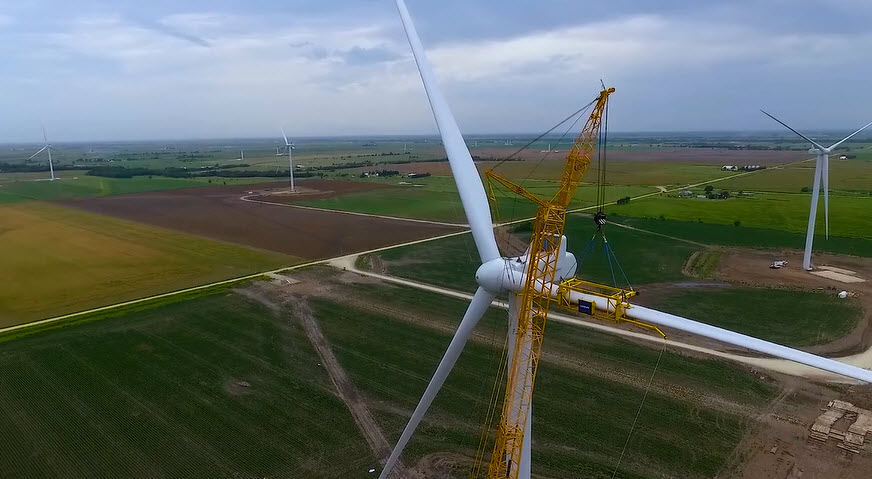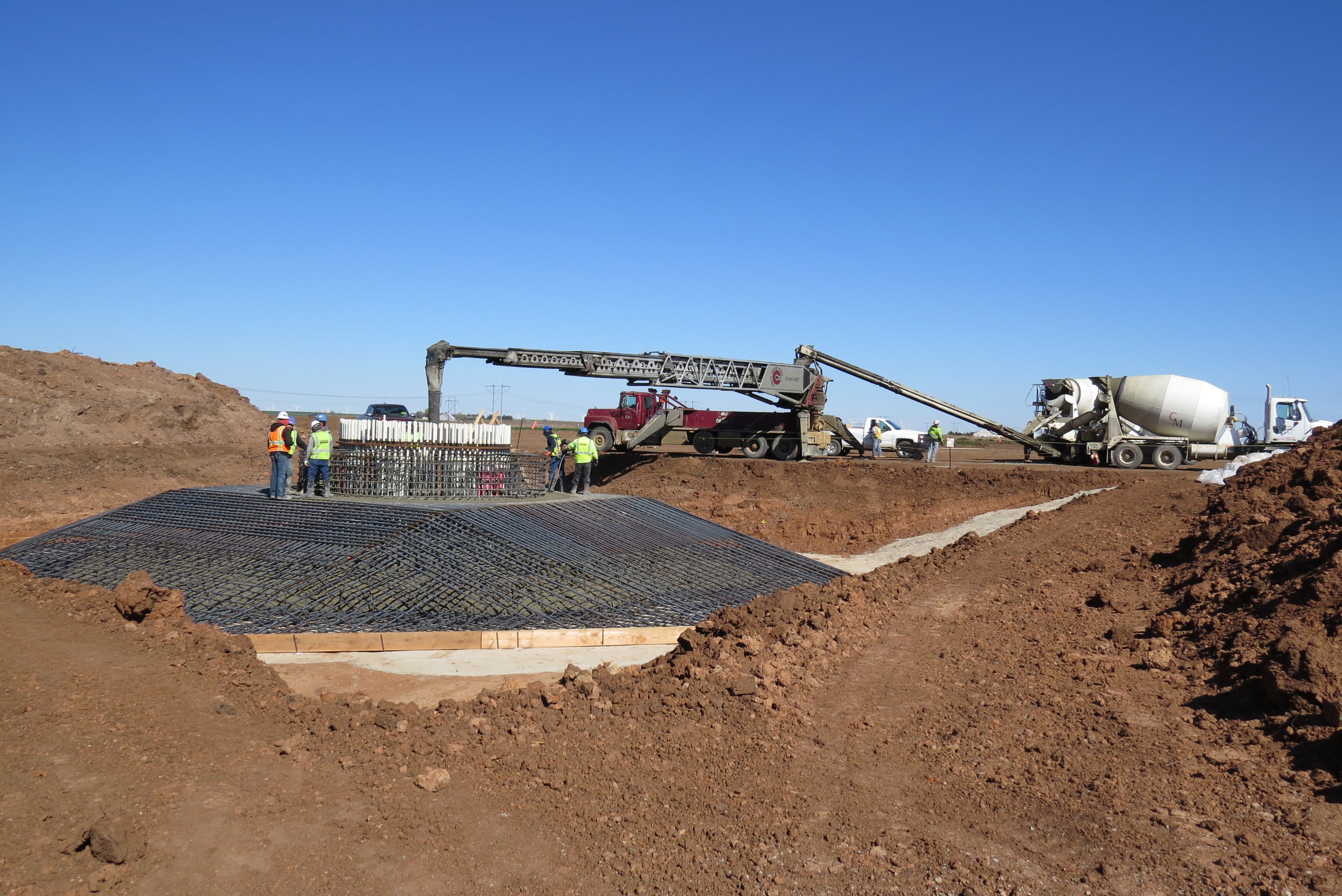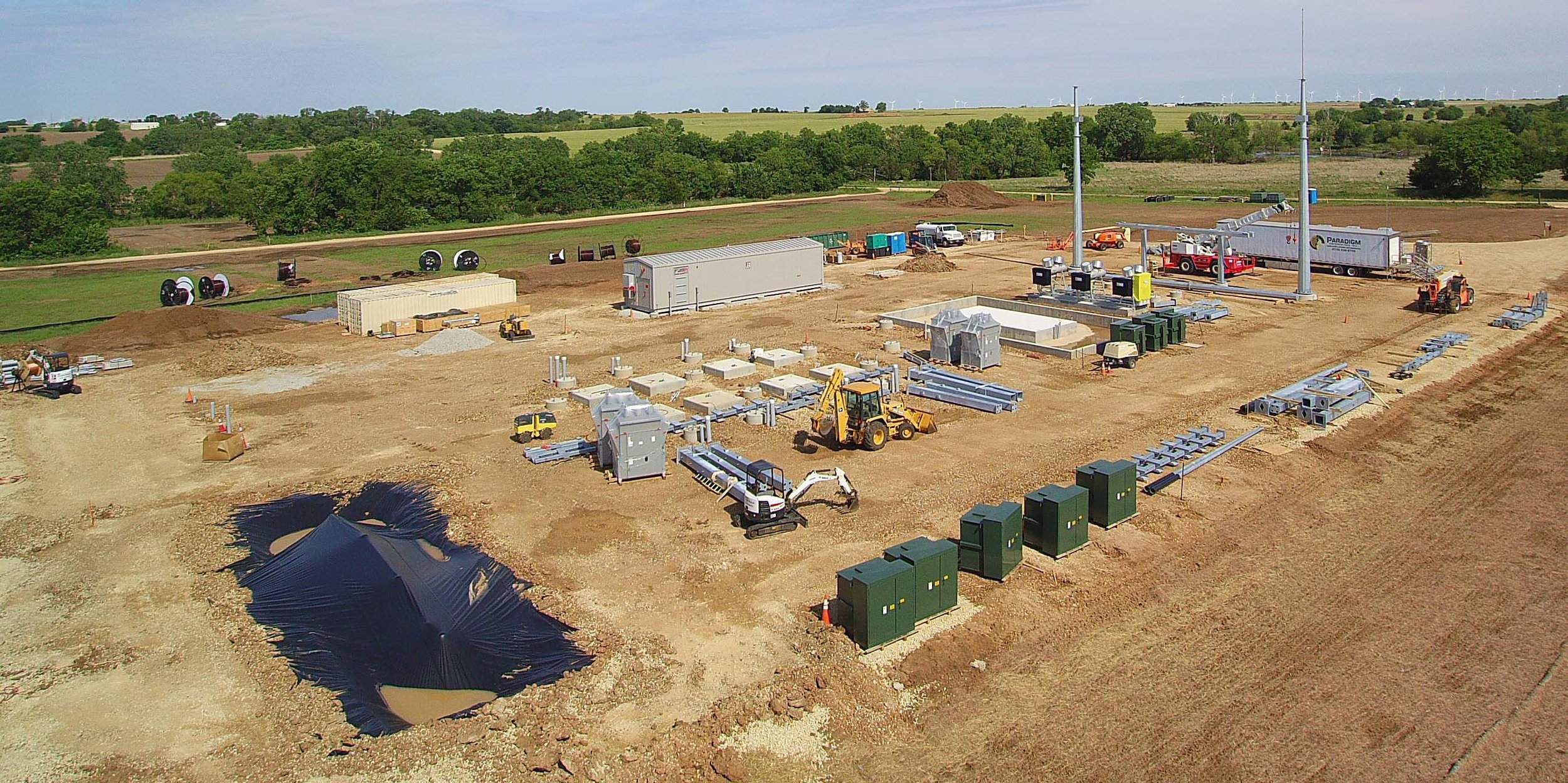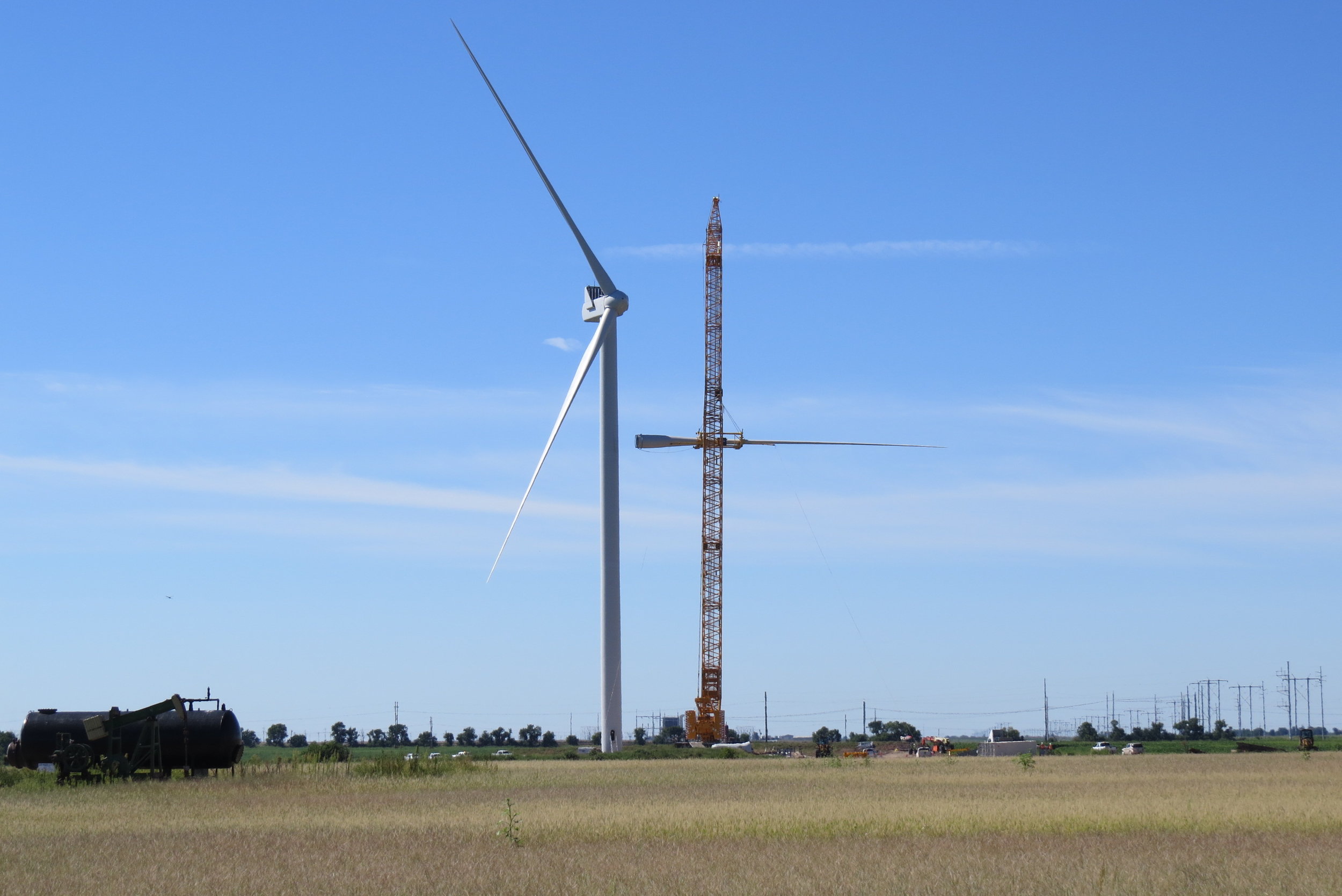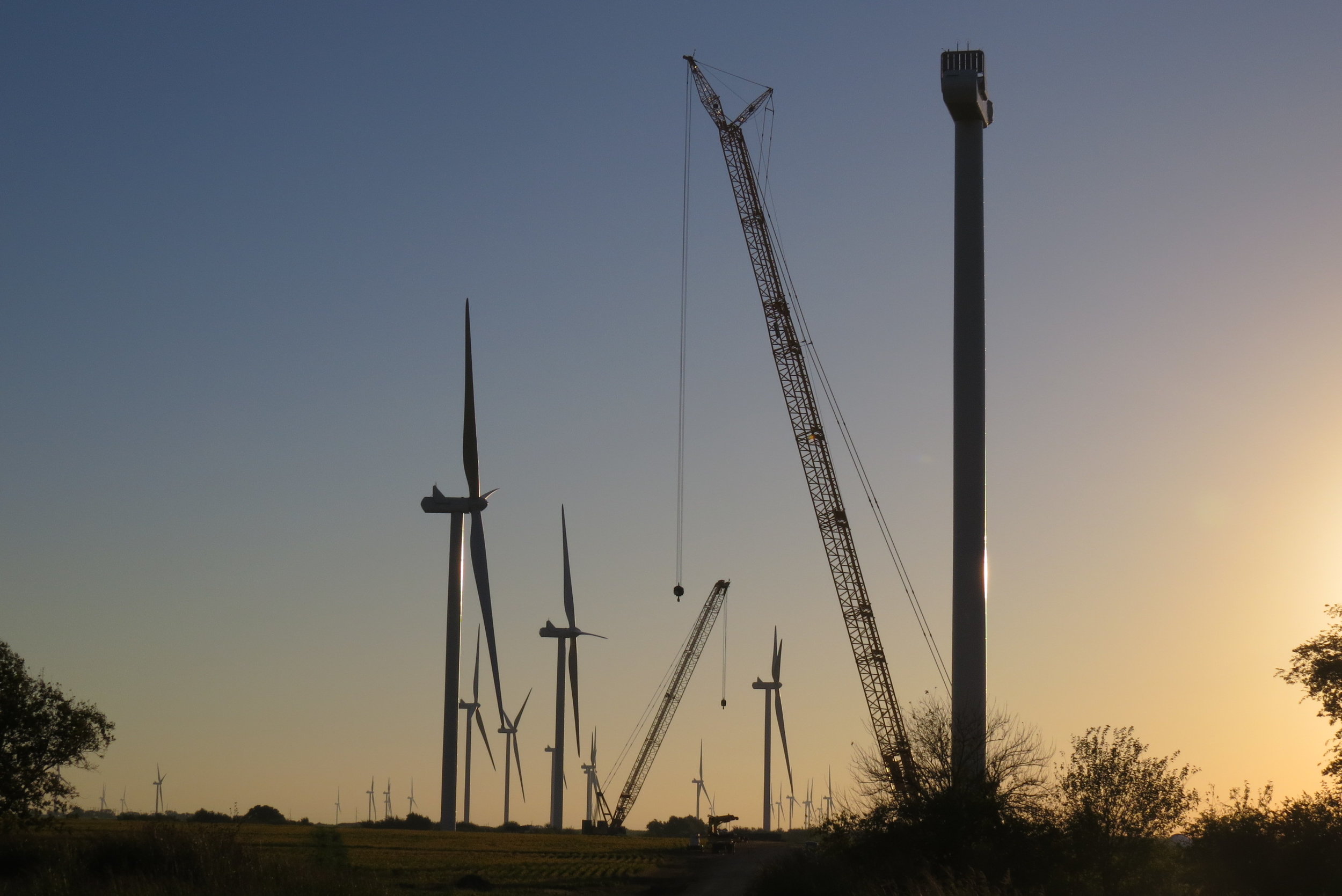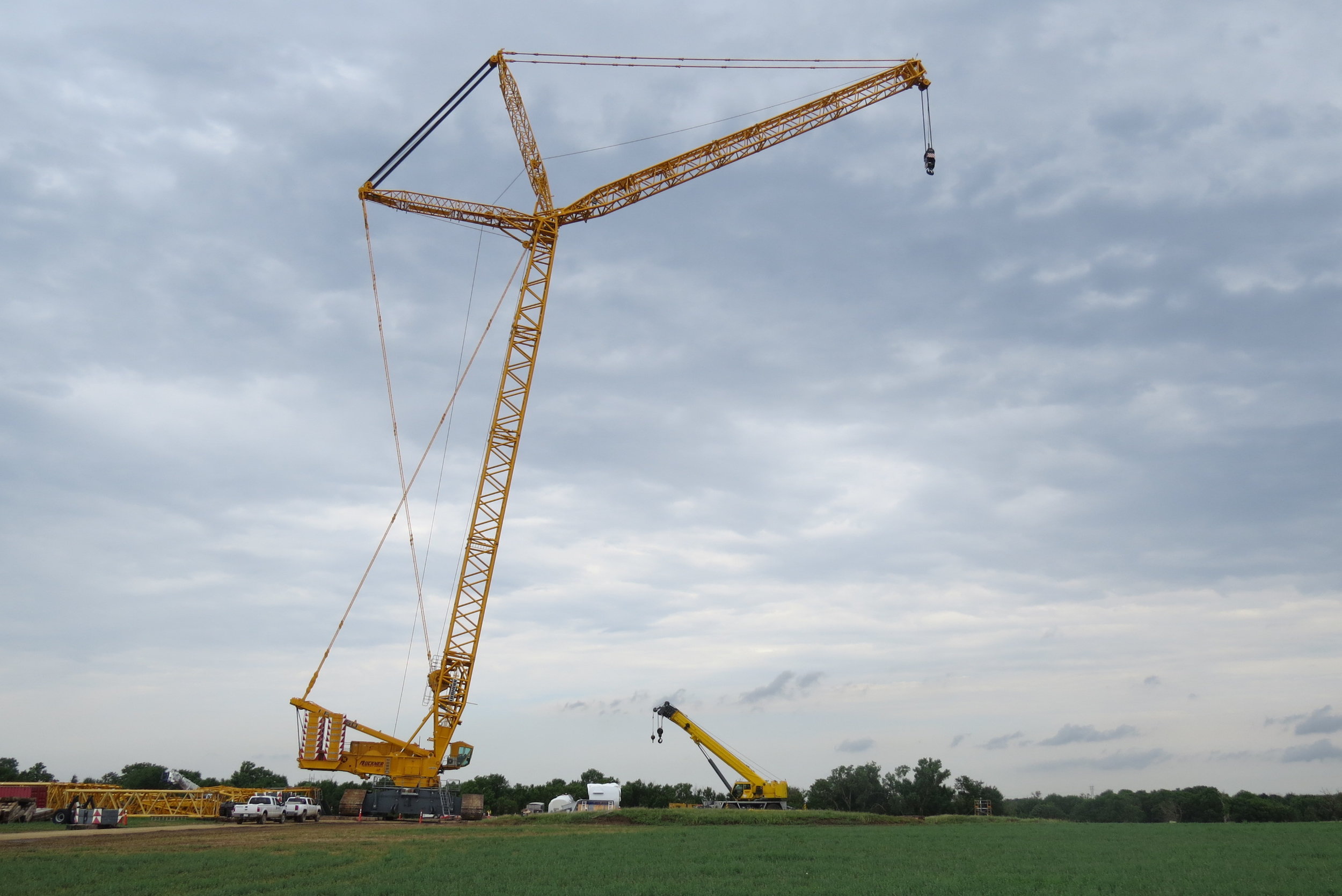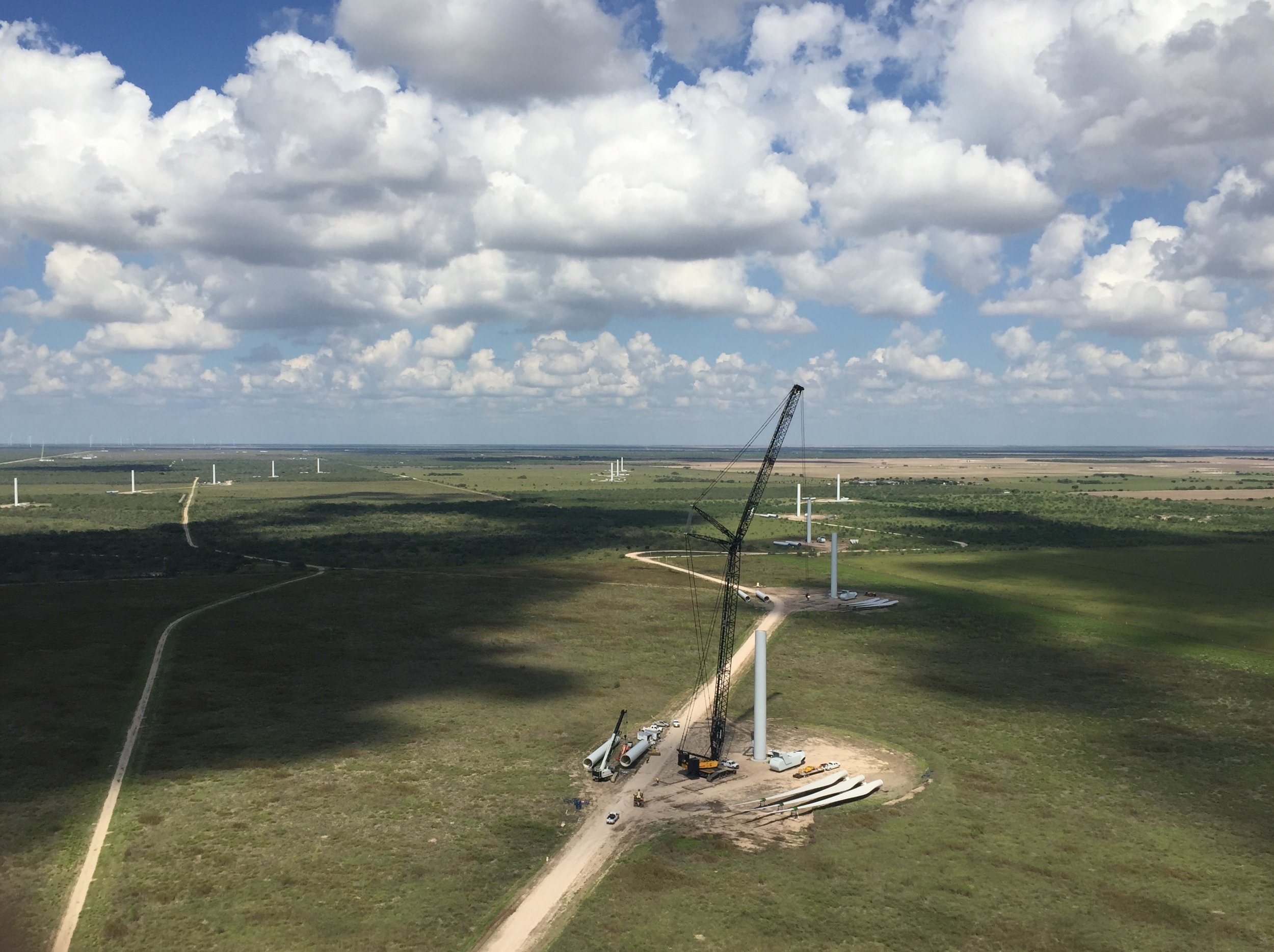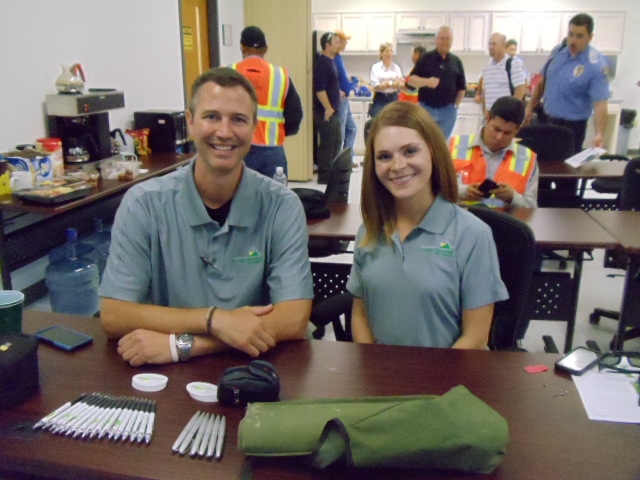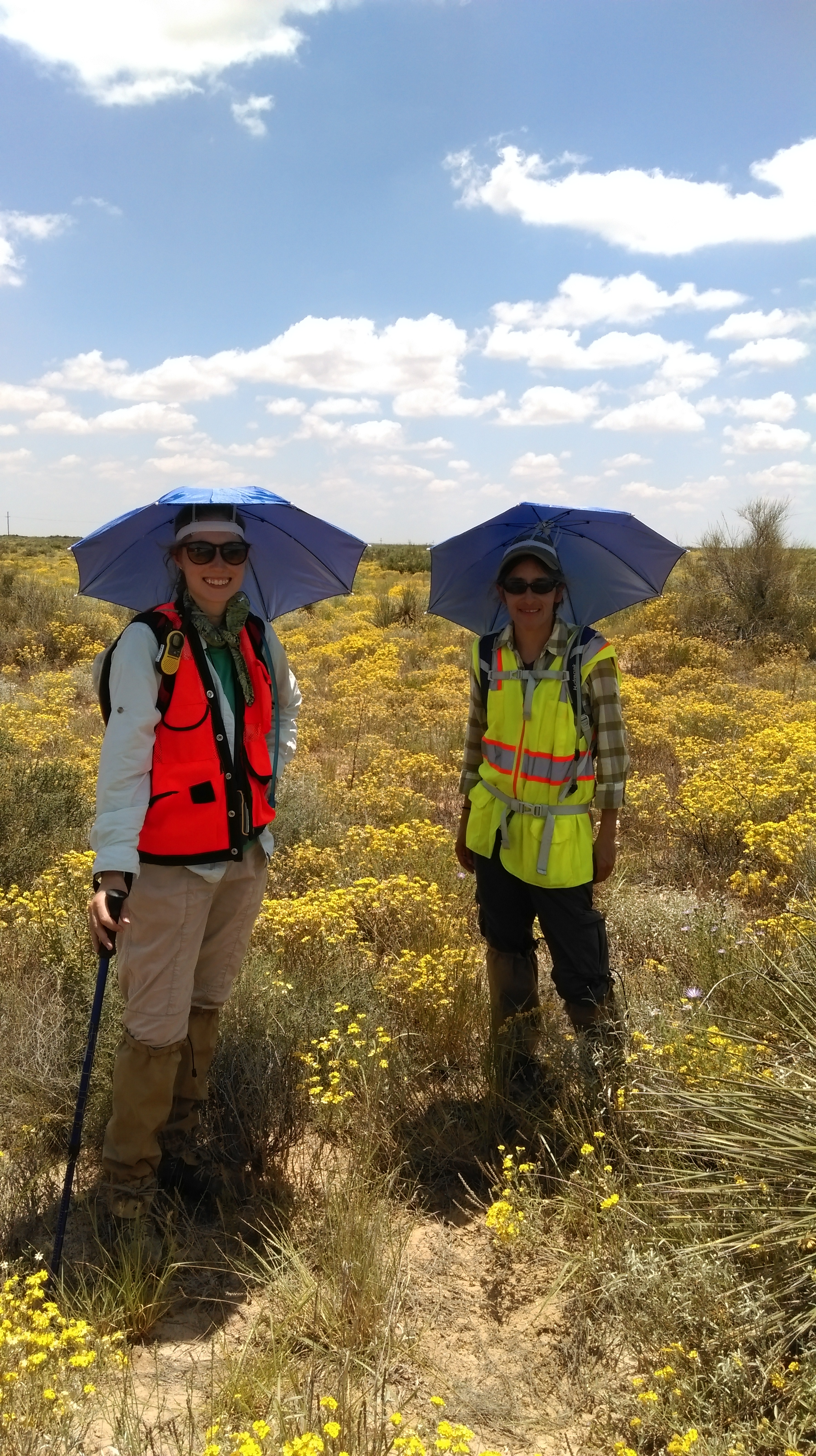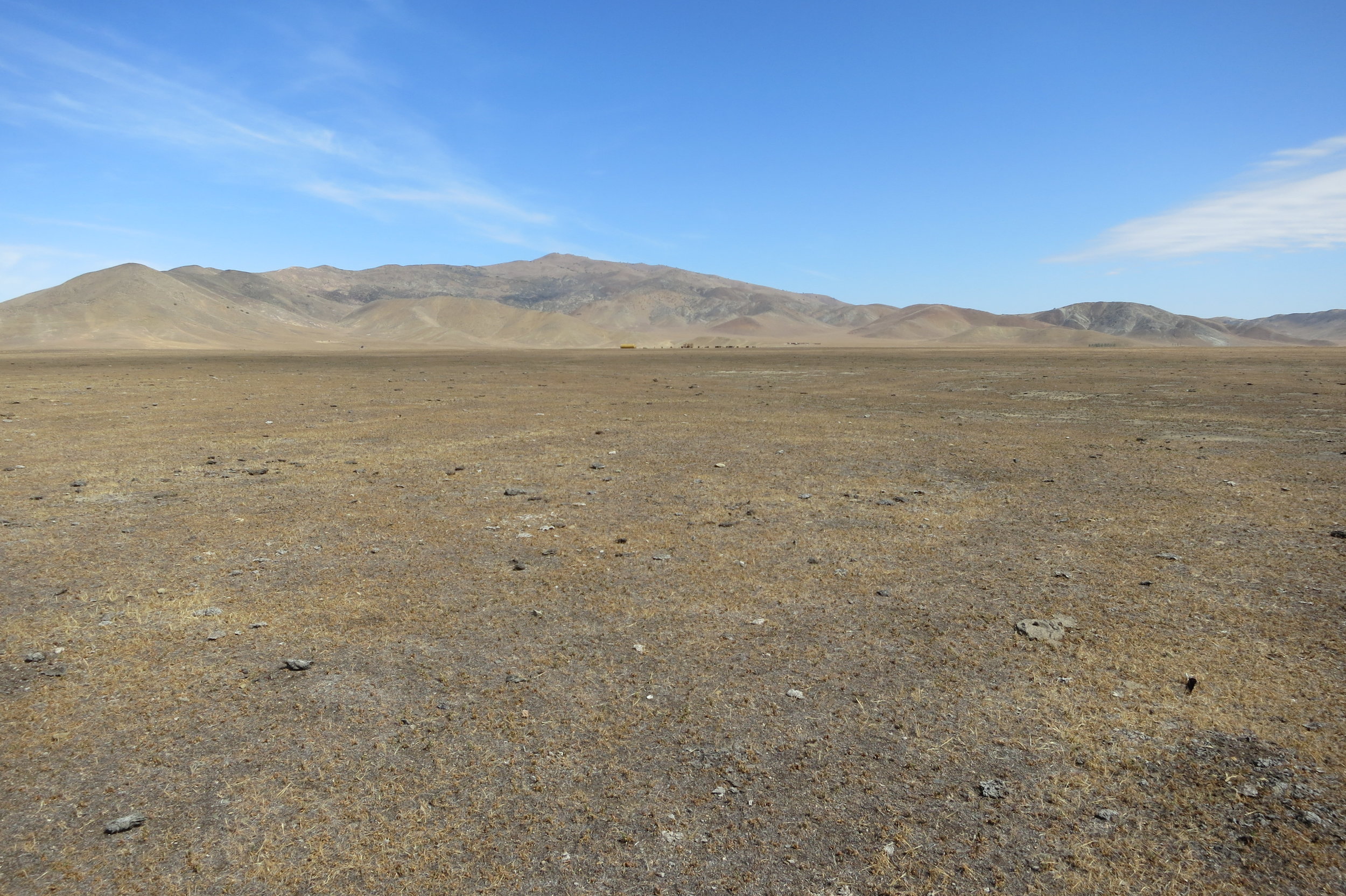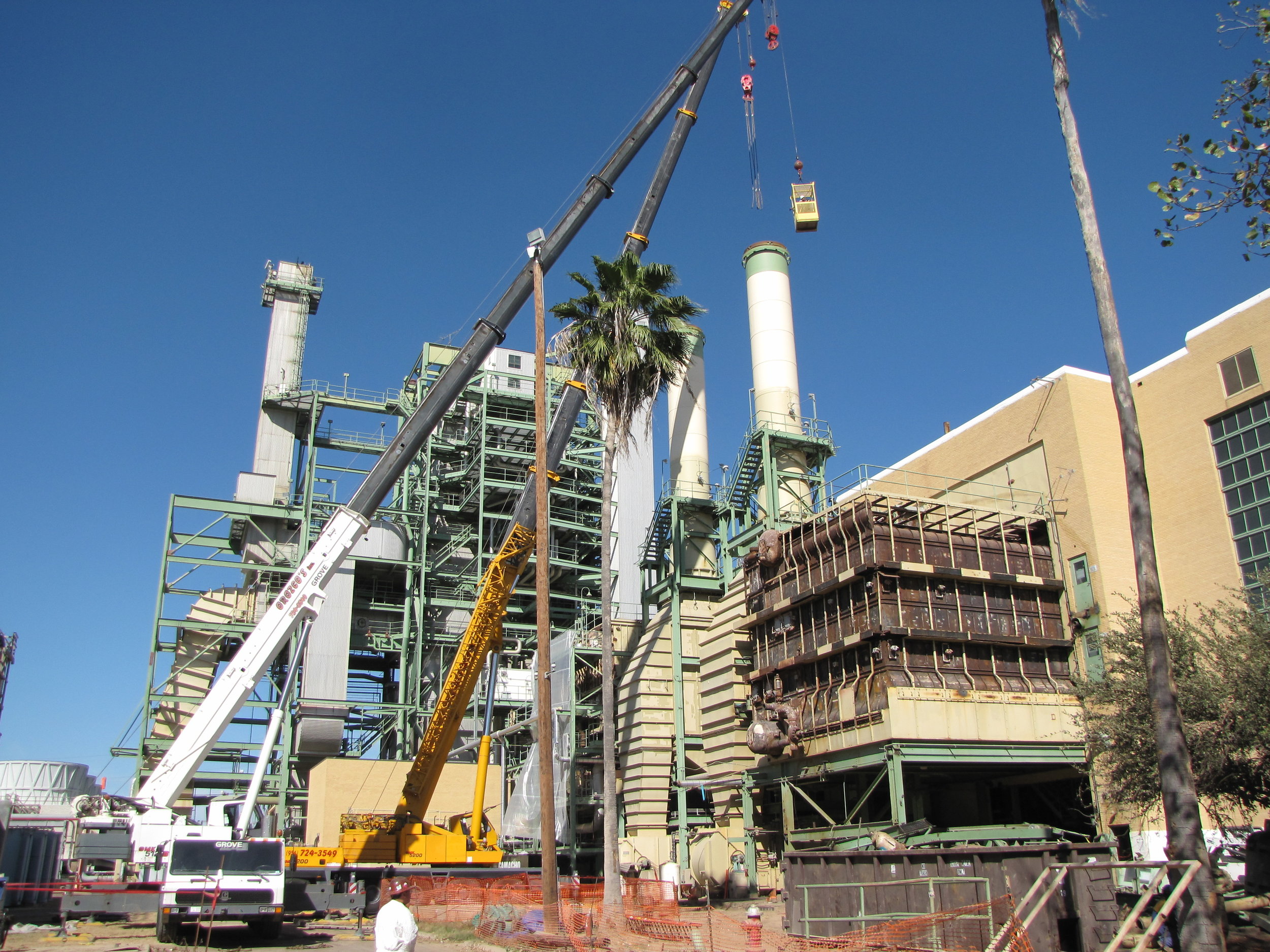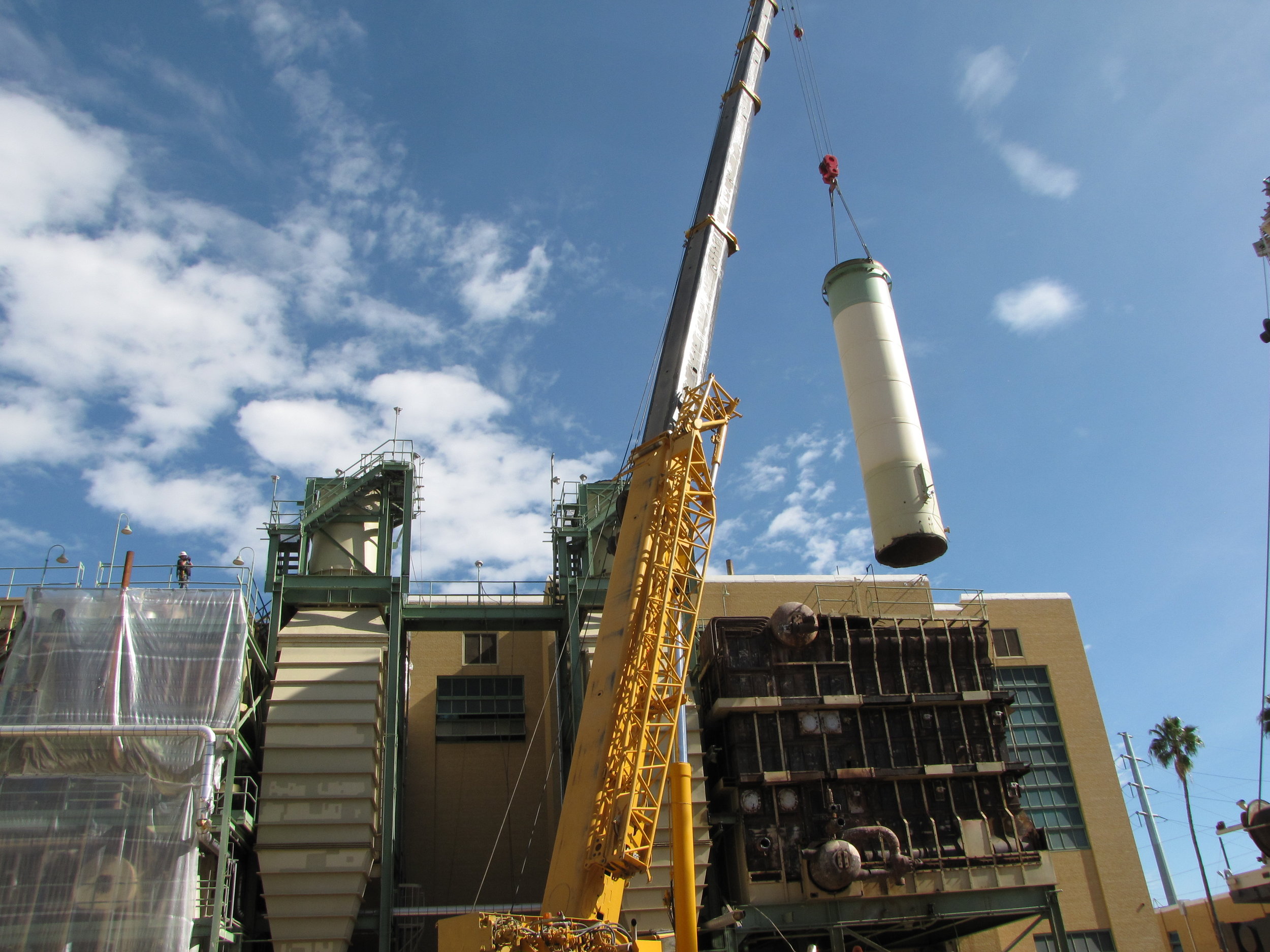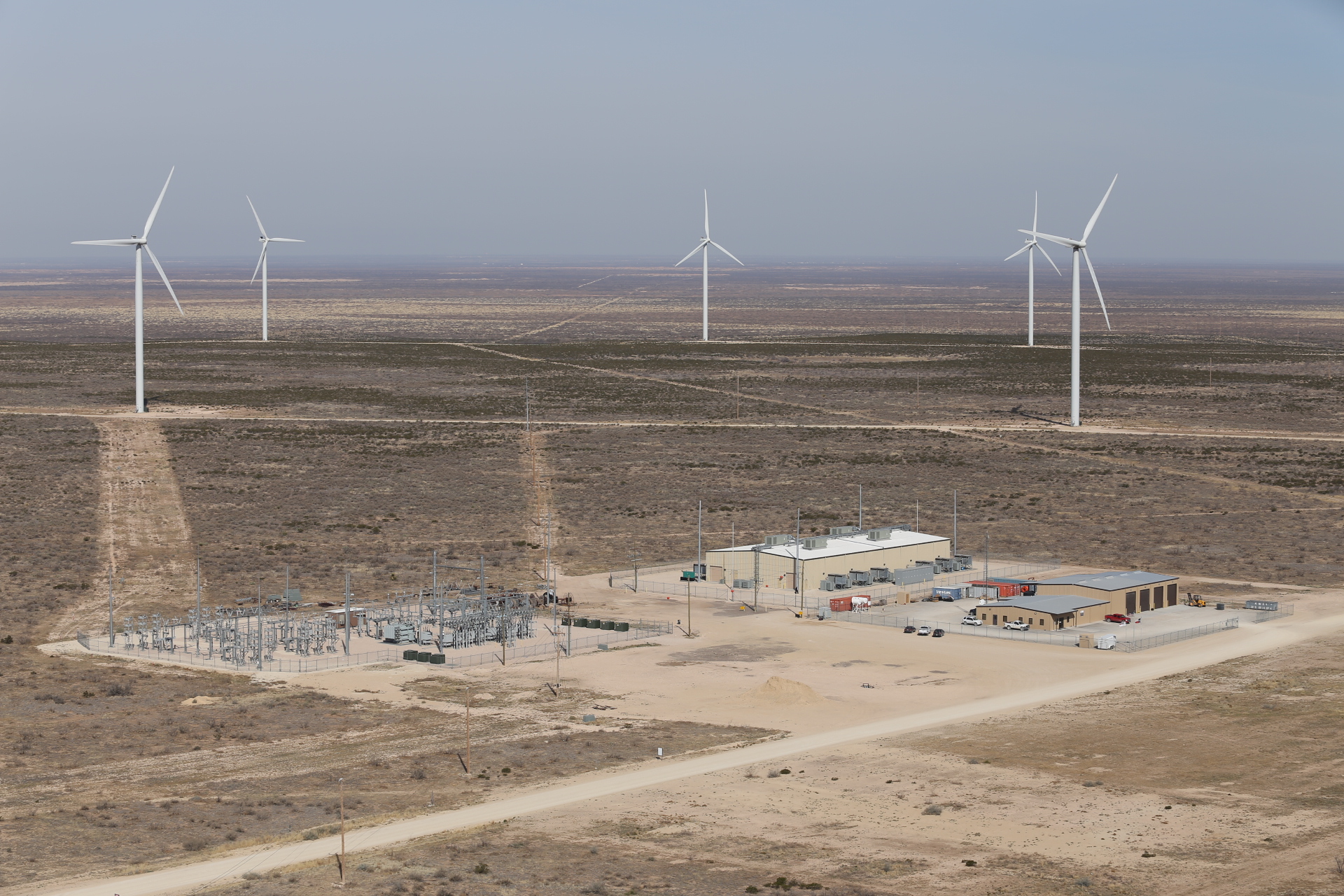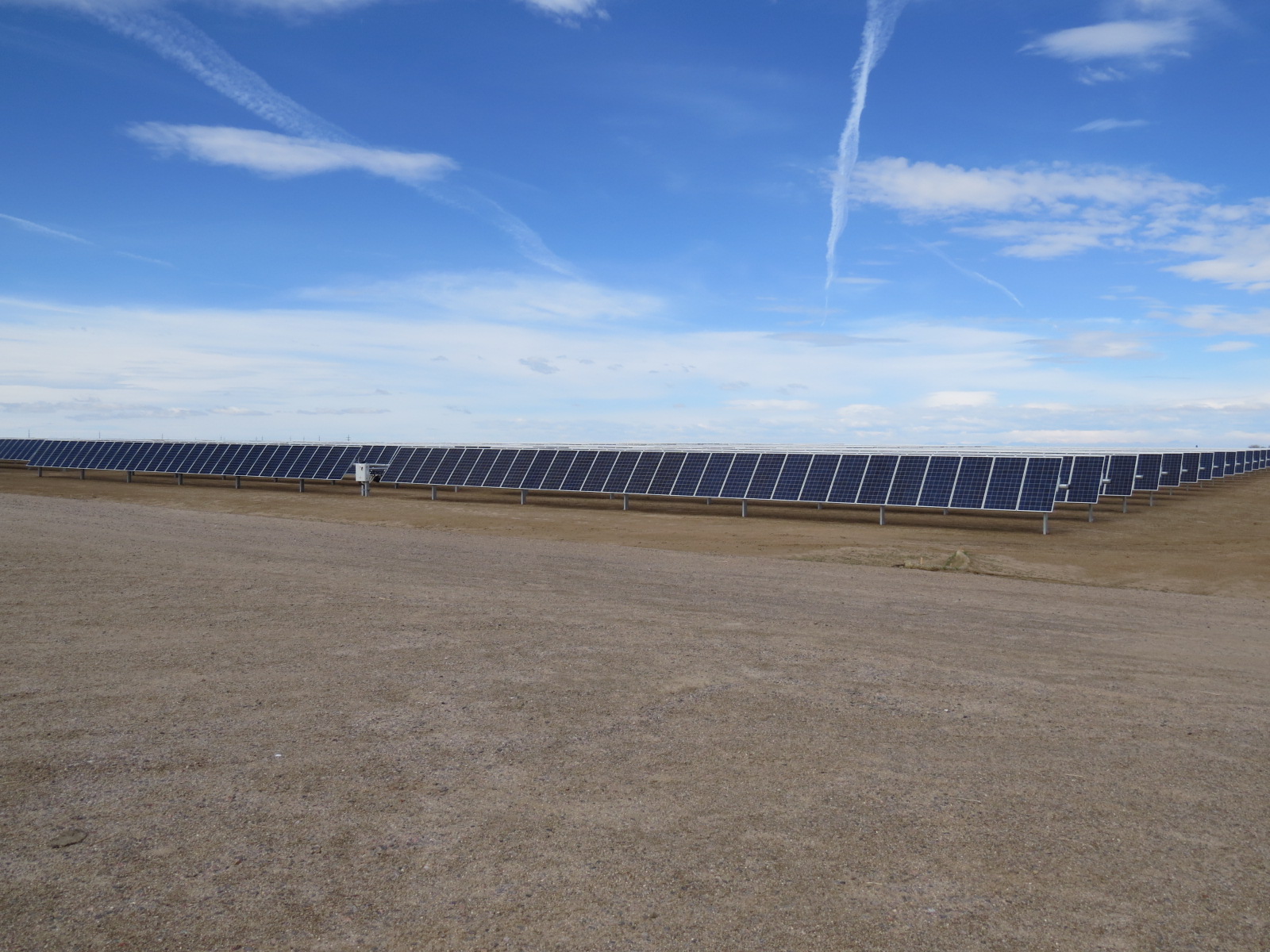Environmental Due Diligence
Our Value Creation Strategy
ERP creates superior value for our clients by designing and implementing due diligence strategies aligned with each client’s specific needs for each transaction. Due diligence is not simply a necessary step needed to close a transaction, it is an investment opportunity that can create significant value in a variety of ways including:
Maximizing purchase price reductions,
Optimizing contract terms,
Enabling efficient and compliant transition,
Developing plans to maintain compliance and fulfill the future business vision,
Minimizing future costs and future risks, and
Establishing appropriate reserves.
ERP is already “up the learning curve” and ready to act when timing is mission critical for the deal. ERP has a proven track record of rapidly mobilizing coordinated and efficient teams to analyze data, develop a coherent understanding of the project, and provide our customers with investment quality answers to stakeholder questions.
At ERP, we focus on understanding each client and the specific details of each transaction to develop and implement an efficient strategy that will:
obtain targeted information,
perform the optimum level of analysis (keeping it as simple as possible), and
deliver concise reports to effectively transfer the knowledge gained to create the maximum value during negotiations.
ERP is also adept at adding value after closing by using the knowledge gained during due diligence to optimize the post-close transition, support the actions needed to fulfill the business vision, and effectively manage environmental compliance, liabilities and risks.
Liability Estimating and Risk Mitigation
Project Feasibility Analysis/Red Flag Review
Constraints and Permitting Analysis
Phase I Environmental Site Assessments
Soil and Groundwater Investigations
Asset Acquisition/Divestiture Due Diligence
Stormwater Modeling
Our Services
ERP has experience helping our clients assess and manage environmental liabilities and risks in a wide spectrum of circumstances including:
Business Acquisitions and Asset Portfolios
Operating Asset Acquisitions,
Properties for New Development,
Seller’s Due Diligence,
Screening Level “Desk Top Reviews", and
Assessment of Environmental Liabilities for Financing and IPOs.
ERP offers a full range of environmental due diligence services to support our clients’ transactions, including:
ASTM Phase I ESAs,
Phase II soil and groundwater assessments,
Regulated building materials assessments (asbestos, lead based paint, etc…),
EHS permitting review and assessment of compliance status, and
Safety auditing.
ERP also routinely perform project feasibility and constraints analyses for project development. ERP is skilled at identifying environmental liabilities and compliance defects, quantifying the associated costs and providing concise reports to convey the relevant information to support the development of action plans that effectively mitigate risks, minimize liabilities, ensure regulatory compliance, enable efficient asset transition and / or post-close project implementation.
Whether evaluating sites for development or evaluating operating assets, ERP has a strong track record for identify risks, quantifying liabilities, solving potential constraints and complying with regulatory requirements. We are experts at getting projects to fruition on schedule and in compliance with all applicable regulations.
Our Experience
ERP has demonstrated utility sector experience in wind, solar, biomass, biogas, geothermal, hydropower, waste-to-energy, natural gas, and coal generation. ERP staff have extensive experience supporting energy development projects including siting issues related to terrain, wetlands and Waters of the US and state, protected species, cultural resources, zoning, and airport and microwave path interference.
ERP staff experience ranges from single assets to multibillion dollar global business acquisitions in a wide range of industries including petroleum refining, petrochemicals, storage terminals, exploration and production, petroleum and natural gas pipelines, natural gas processing, salt cavern storage, agricultural chemicals, chemical manufacturing, synthetic fiber production, glass manufacturing, metal plating, coal storage and shipping, mining, confined animal feeding operations, and commercial real estate.
Our Senior Advisor’s experience includes projects across the entire United States and Canada. ERP has completed over 40GW of transaction support in less than 18 months.
Liability Estimating and Risk Mitigation
As part of our due diligence services, we are skilled at identifying environmental and compliance issues and gaps, quantifying the resulting liabilities and compliance cost estimates, and providing valuable client deliverables for transactional negotiations or agency closures. Because of our extensive due diligence experience with complex, multi-site, multi-state acquisitions, our clients are often able to negotiate asset/stock purchase price reductions and set appropriate reserve accounts for the environmental issues identified by our investigations.
Project Feasibility Analysis / Red Flag Review
This initial desktop screen is a high level review of the project and potential fatal flaws. The tool was developed to quickly and inexpensively screen early stage development targets to prioritize sites based on client criteria. The desktop screen provides a basic review of readily available resources including geology, hydrology, wetlands, land use/cover, federal and state endangered/threatened species, protected lands, cultural resources, highways/roads, existing infrastructure, slope, and access. Findings are provided in a memo form with associated figures.
Constraints and Permitting Analysis
A Critical Environmental Constraints and Permitting Analysis (Constraints Analysis) is often the gating step to evaluation and/or planning for a proposed project area. The objective of the Constraints Analysis is to identify potential environmental constraints associated with the development project, with emphasis given to critical path environmental and constructability constraints. The Constraints Analysis identifies potential critical habitat, sensitive wildlife and plant species, wetlands and waters of the United States, cultural and historic resources, aesthetics and visual setting, and other health and safety risks associated with the project. Additionally, the analysis identifies the general geology and soil characteristics of the project area, floodplains, and existing infrastructure such as oil and gas pipelines.
Phase I Environmental Site Assessments
ERP employees have conducted hundreds of AAI/ASTM Phase I Environmental Site Assessments on existing and proposed commercial, industrial or government-owned properties. We have successfully provided our clients with all appropriate inquiry to meet the CERCLA innocent landowner defense as well as conducted customized environmental liability assessments to meet specific project needs. Sites have included power plants, refineries, Brownfield redevelopment sites, retail, industrial developments, gas stations, oil and gas sites, and greenfields.
Soil and Groundwater Investigations
Our staff have conducted and managed soil and groundwater investigation projects under multiple state and federal programs at various types of facilities for a diverse range of clients. We have coordinated and finalized production of sophisticated and timely client deliverables, including Phase II work plans and reports, remedial strategies, quality assurance plans and sampling plans. If site investigations reveal environmental issues that require risk-based or regulatory driven cleanups, ERP has the expertise to develop and implement site-specific remediation plans. We have successfully designed and managed multiple long-term groundwater monitoring programs and remediation systems from site investigation through regulatory closure. Additionally, we have assisted clients in achieving state funded reimbursement for site expenditures on pipeline and oil and gas facilities and brown field redevelopment.
Stormwater Modeling
In-house staff have the capability to model stormwater for both pre- and post-construction conditions. ERP utilizes the most current hydraulic and hydrologic software (HEC-RAS 5.0 and Flo-2D) to simulate 2D flow across a site. The results of the model provide aid in evaluating project feasibility and support project design. The locations and magnitude of likely maximum flow depths, flow velocities, and shear stress provide insight into where to avoid construction, where scour protection may be needed, or where design loads on project infrastructure may need to be increased. ERP staff can also remediate the damage due to erosion, evaluate ways to prevent future drainage issues, and design cost-effective structural controls to prevent erosion.
